
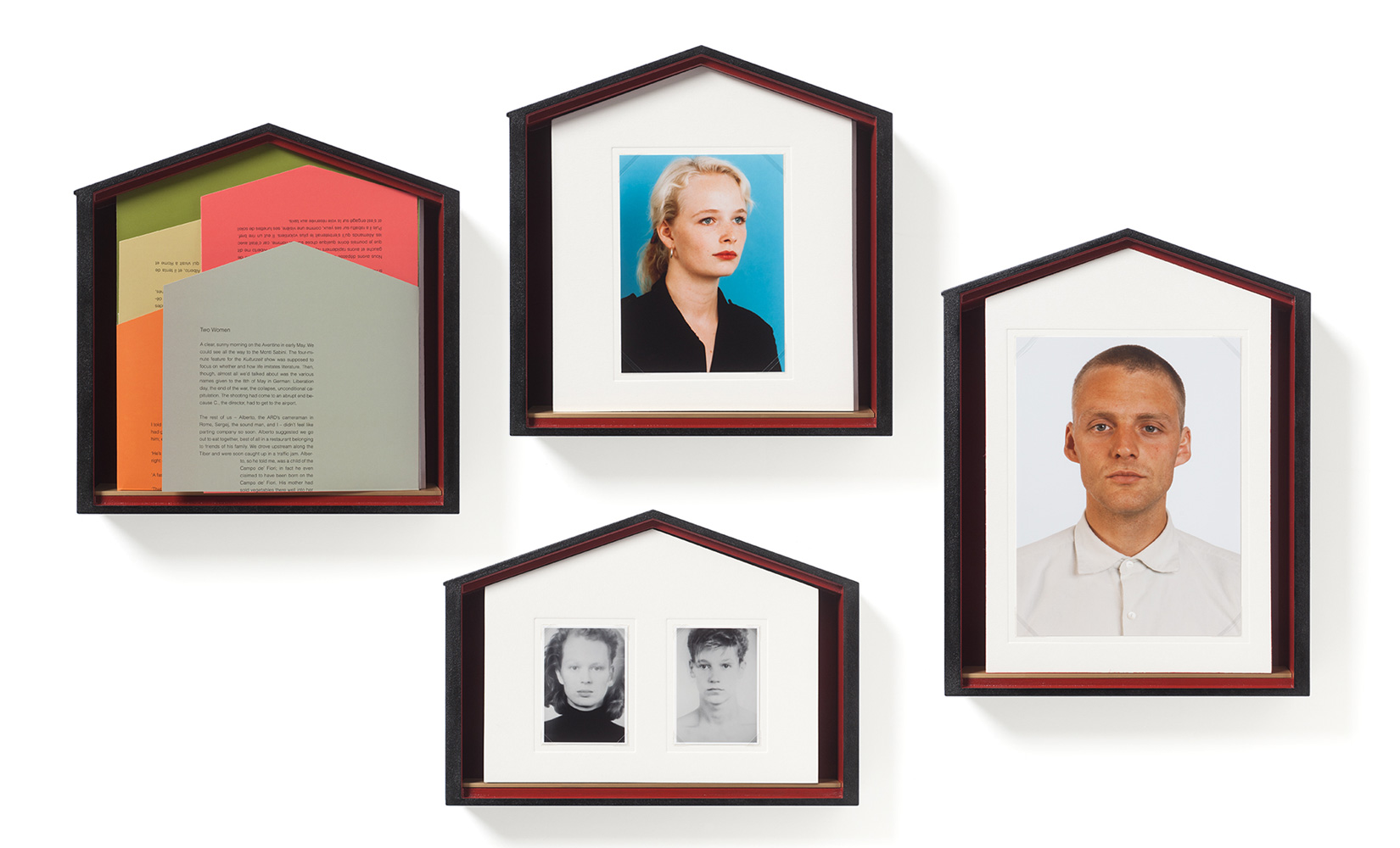
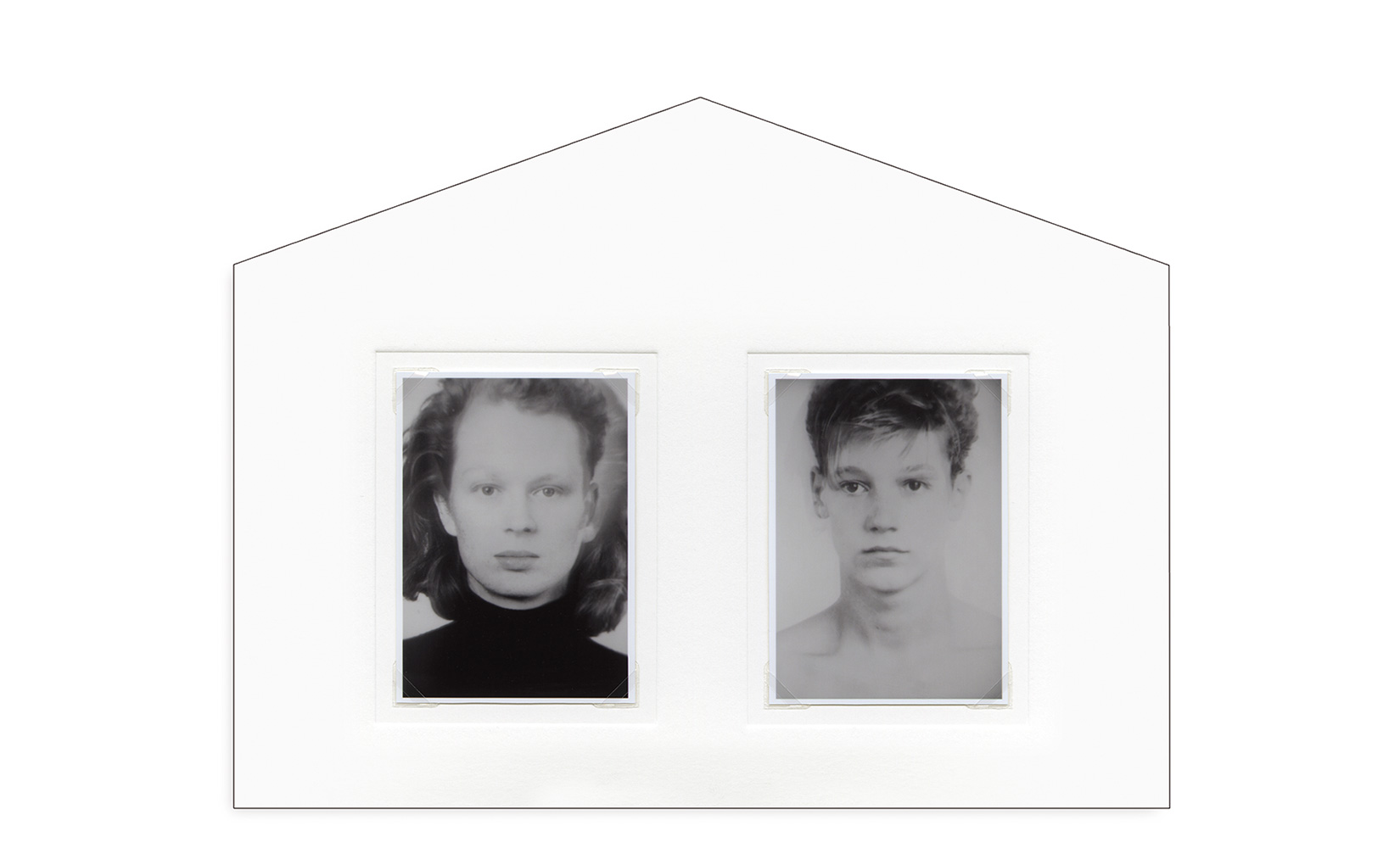
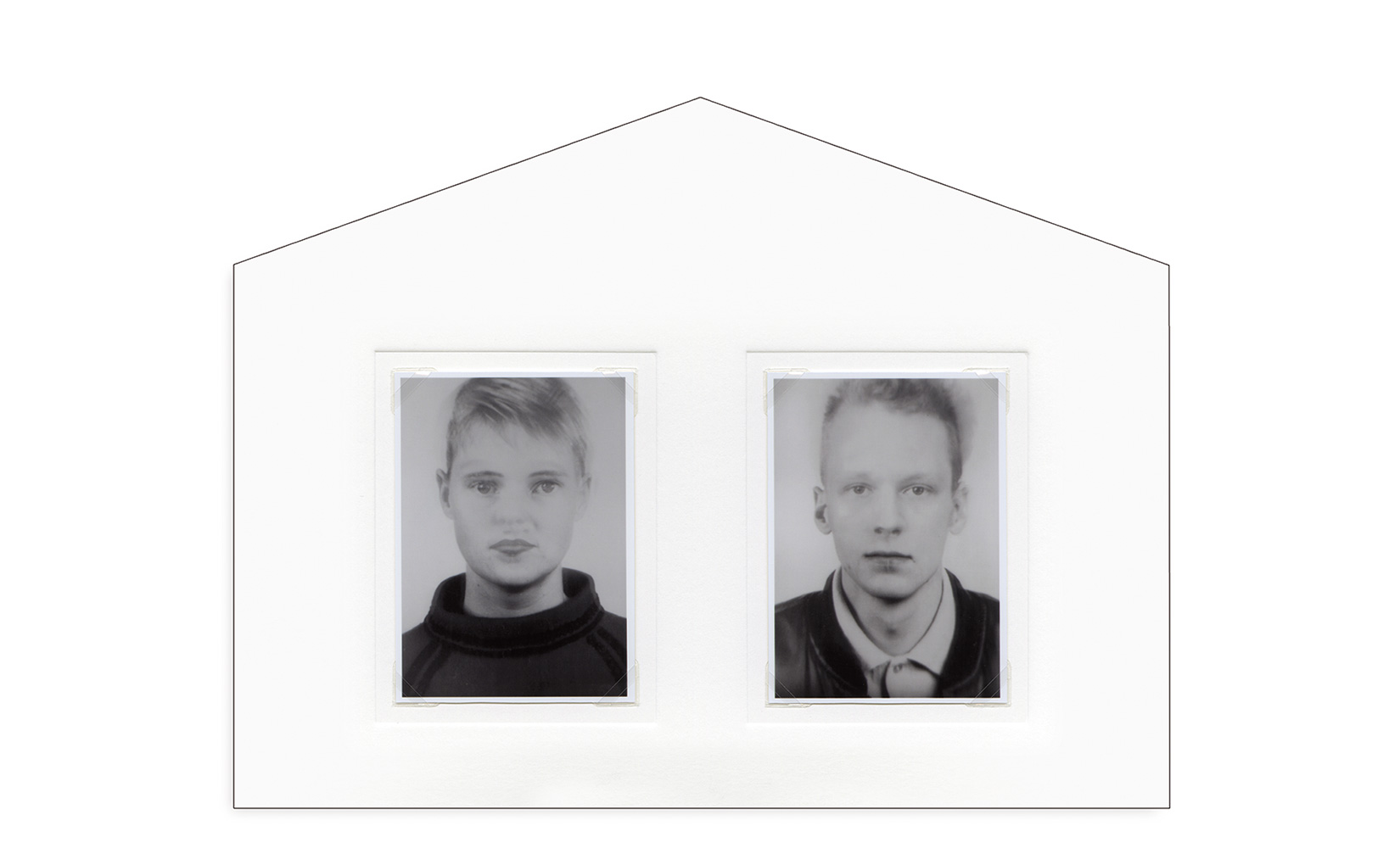
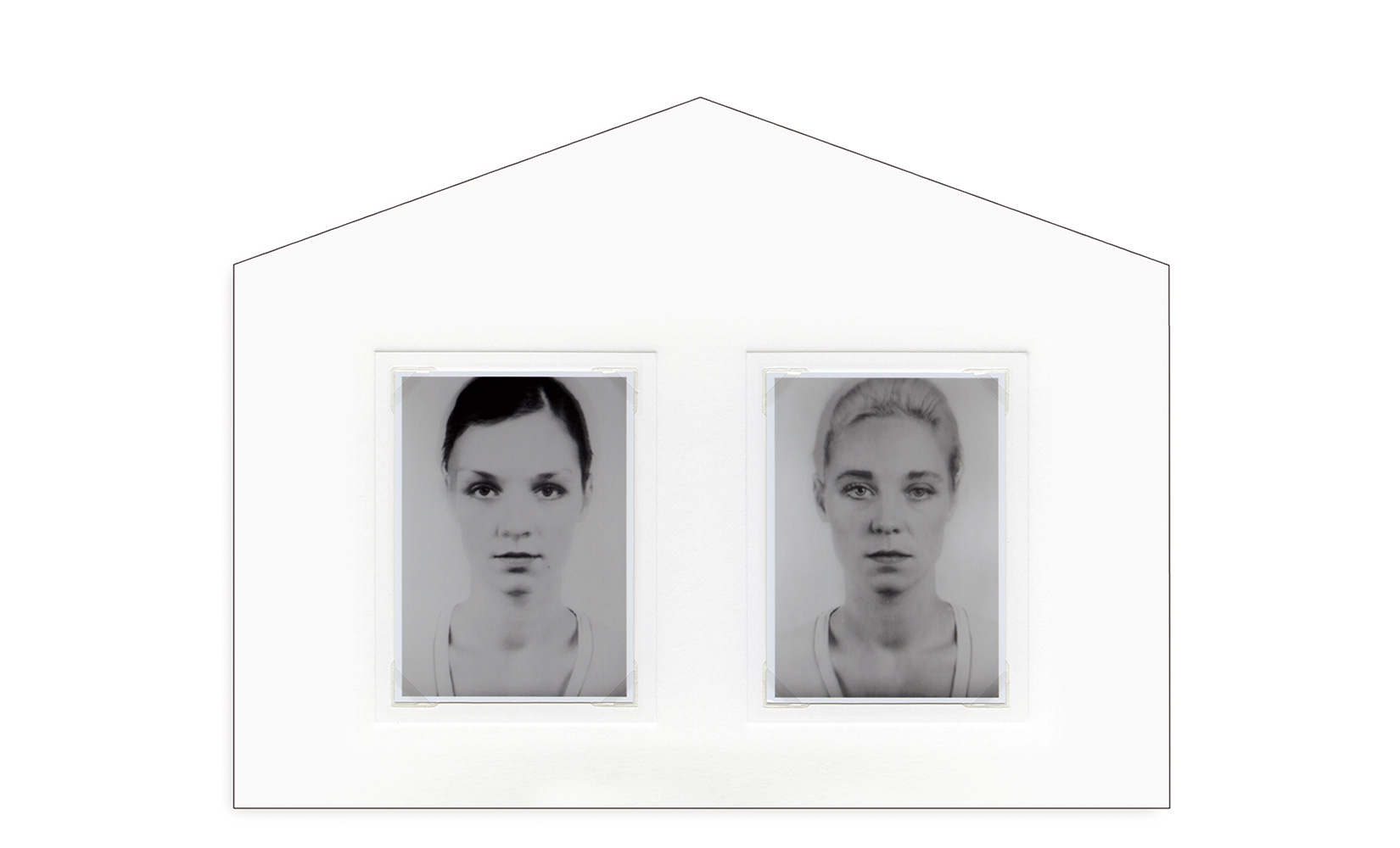
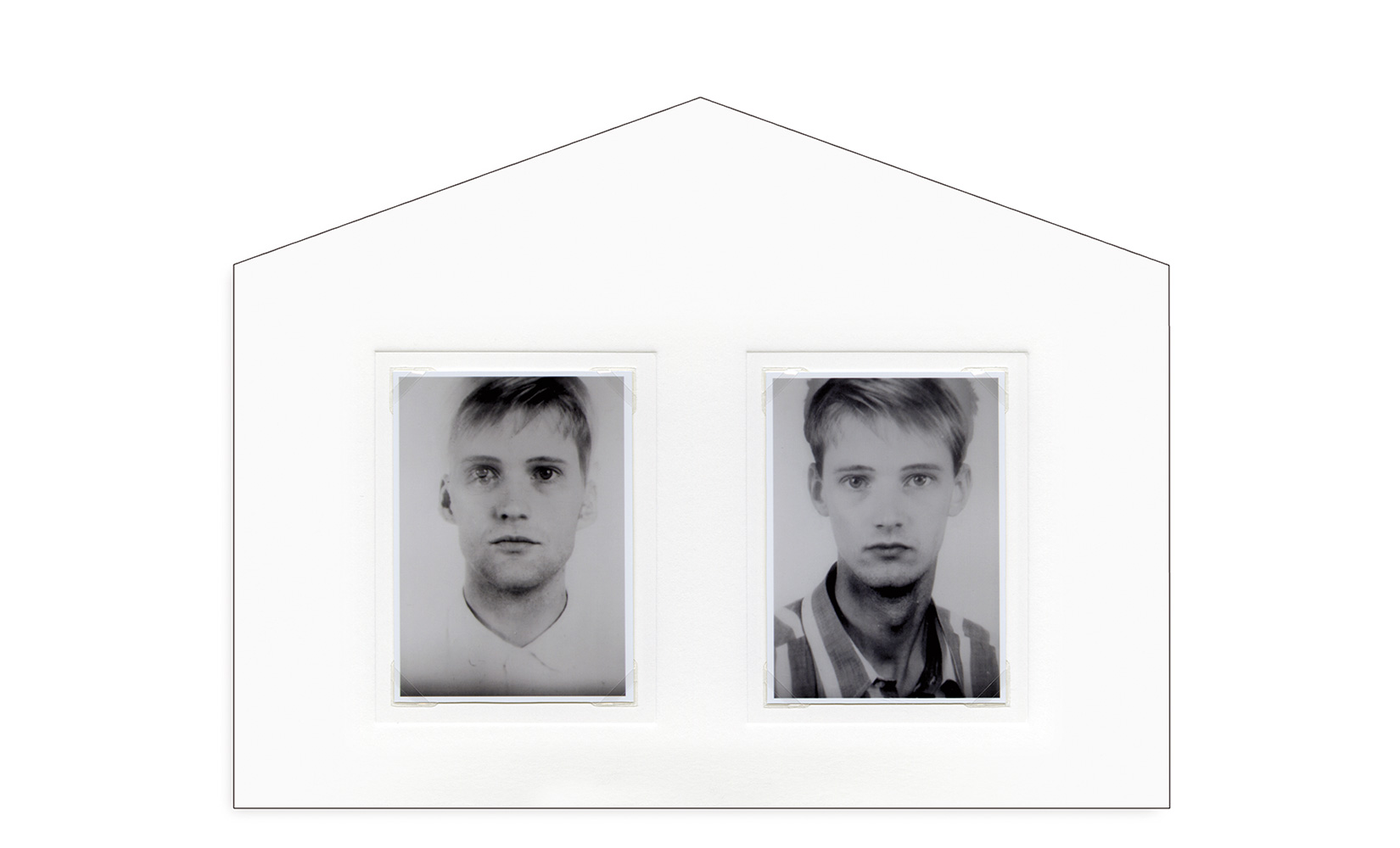
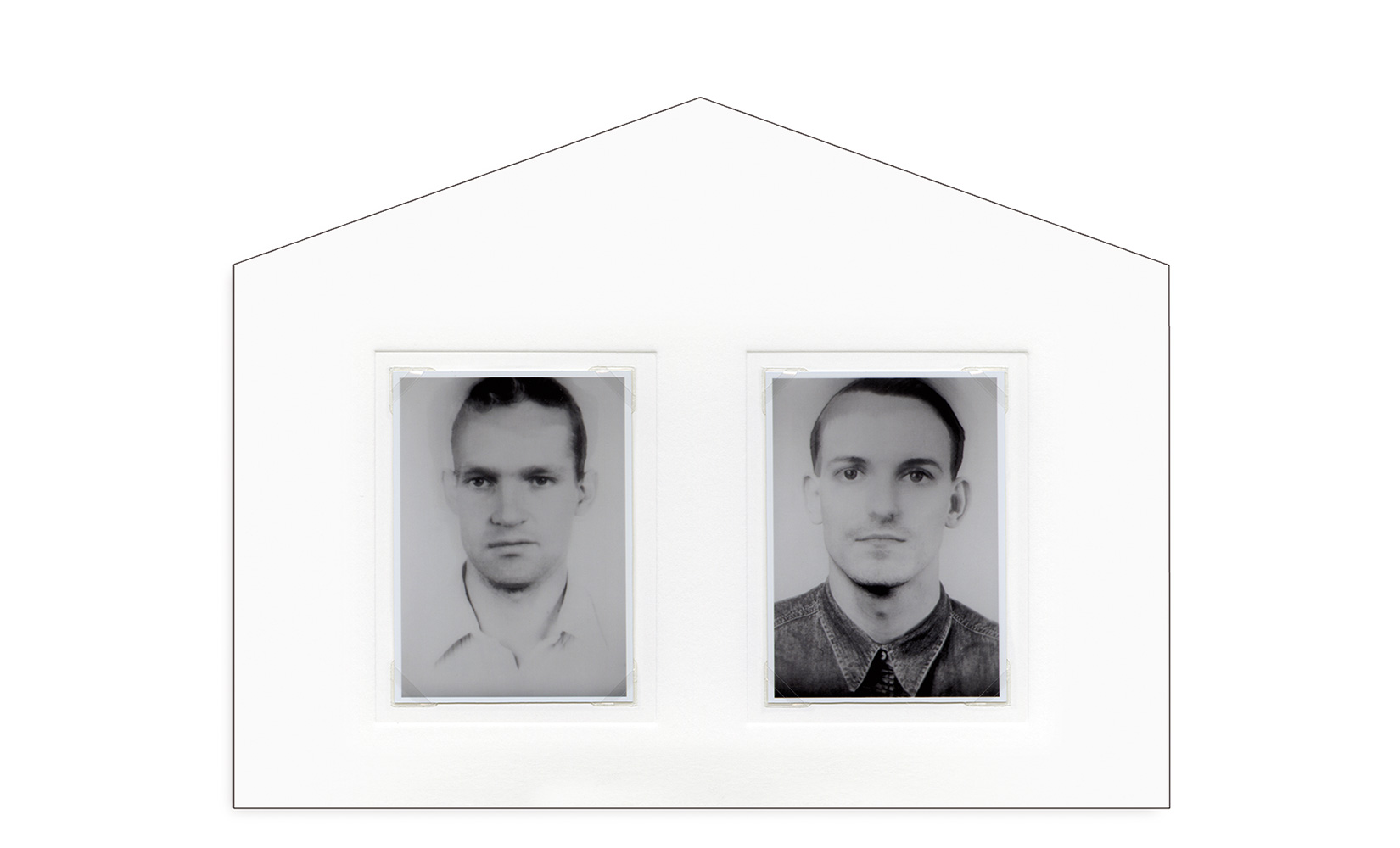
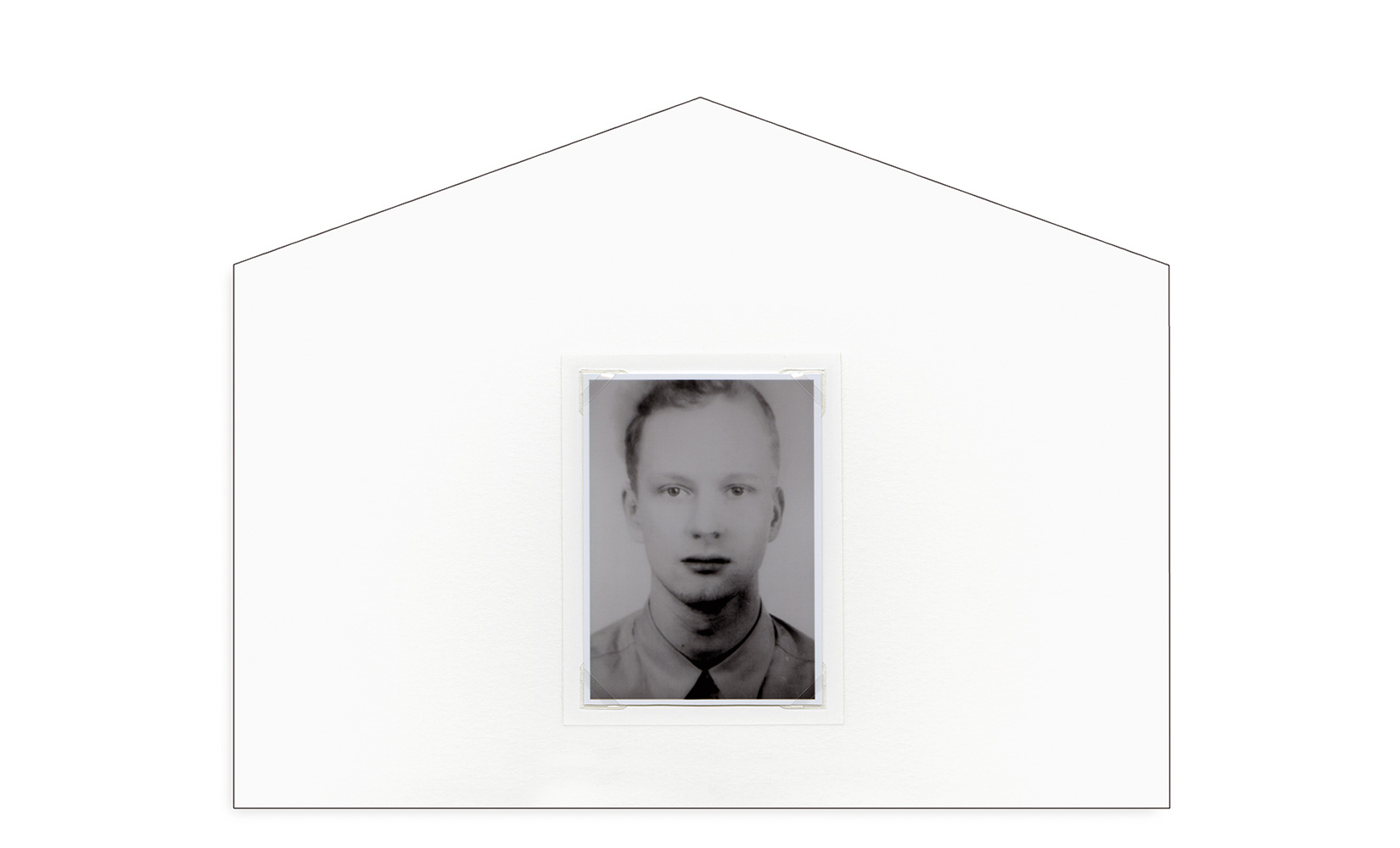
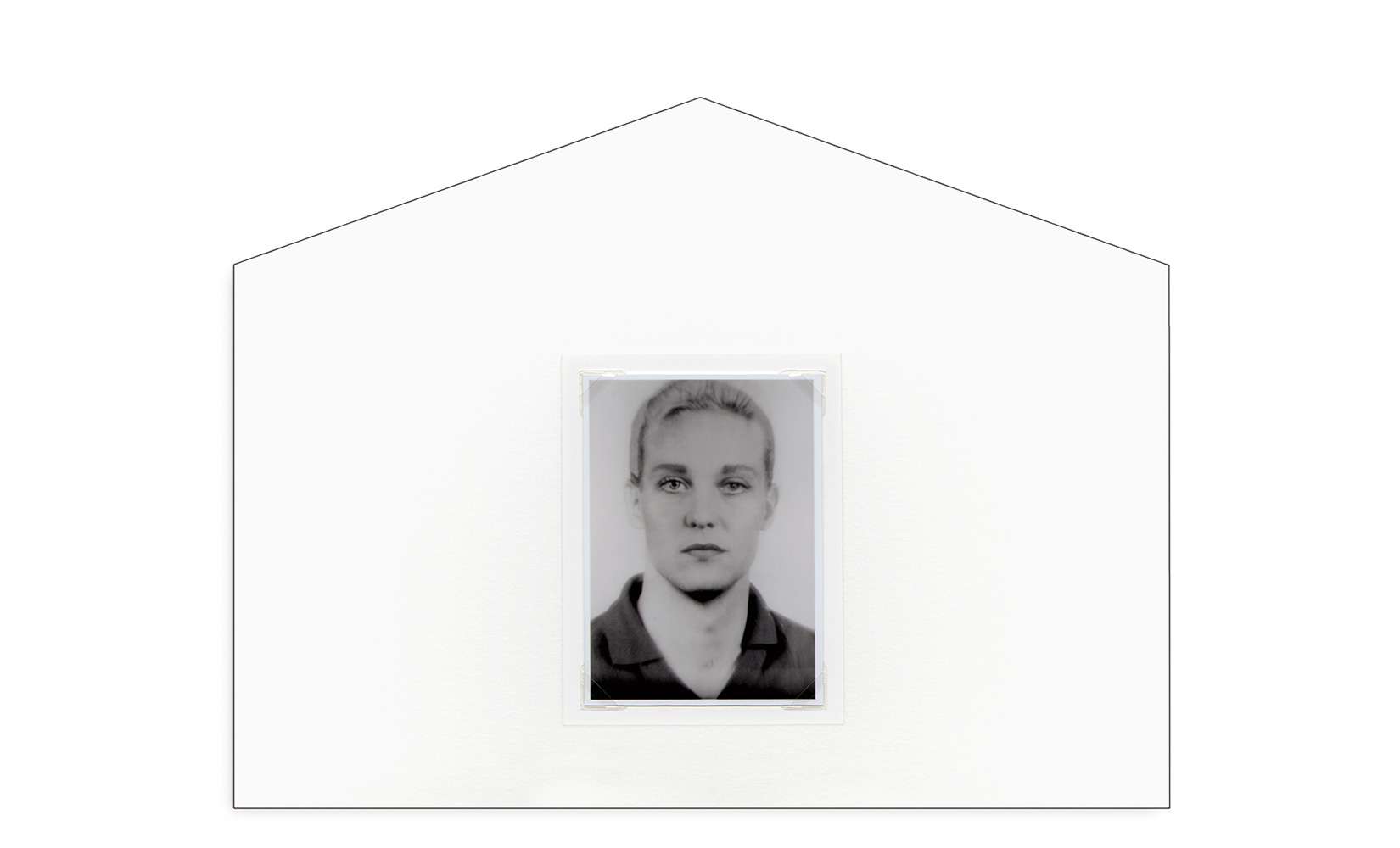
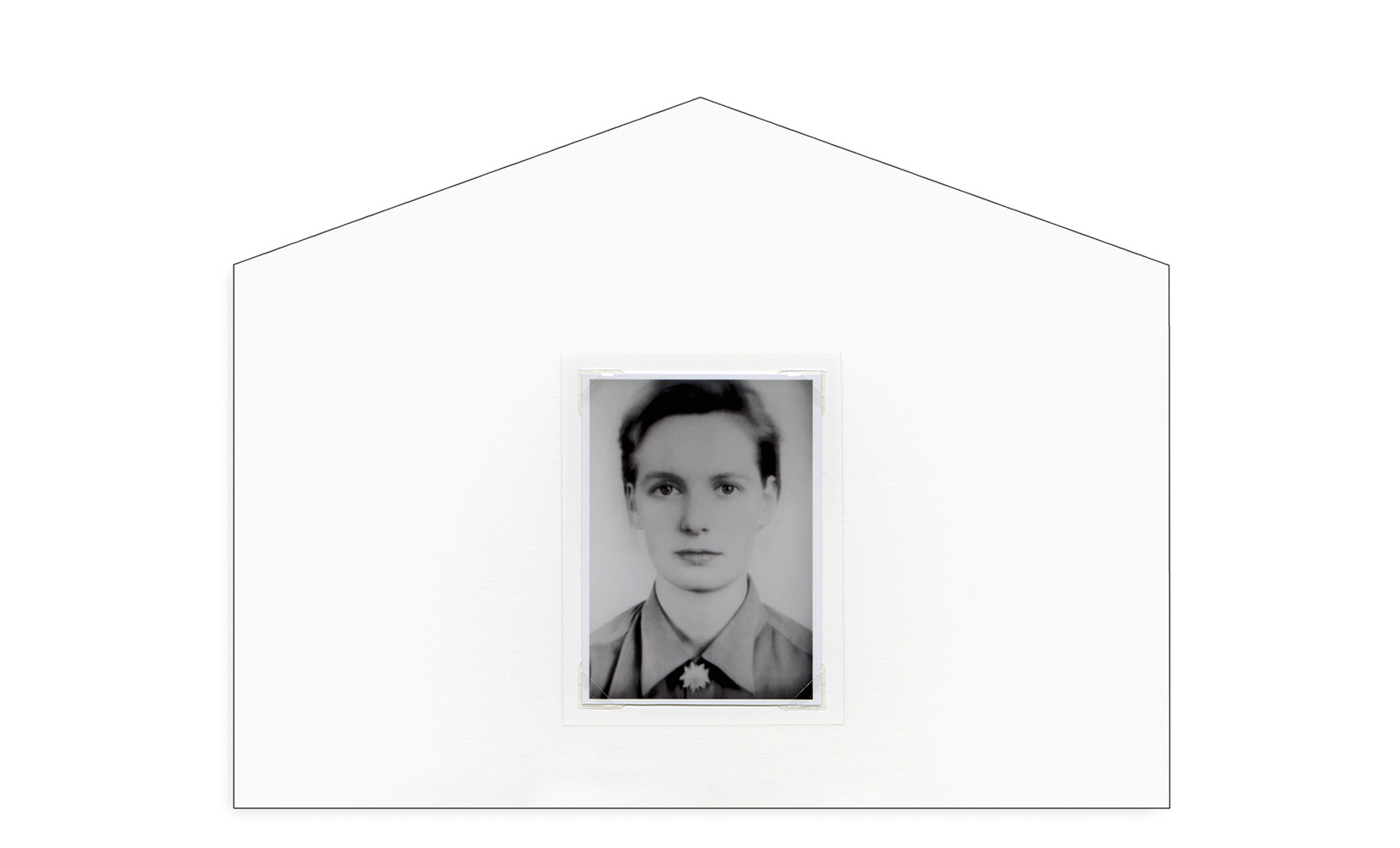
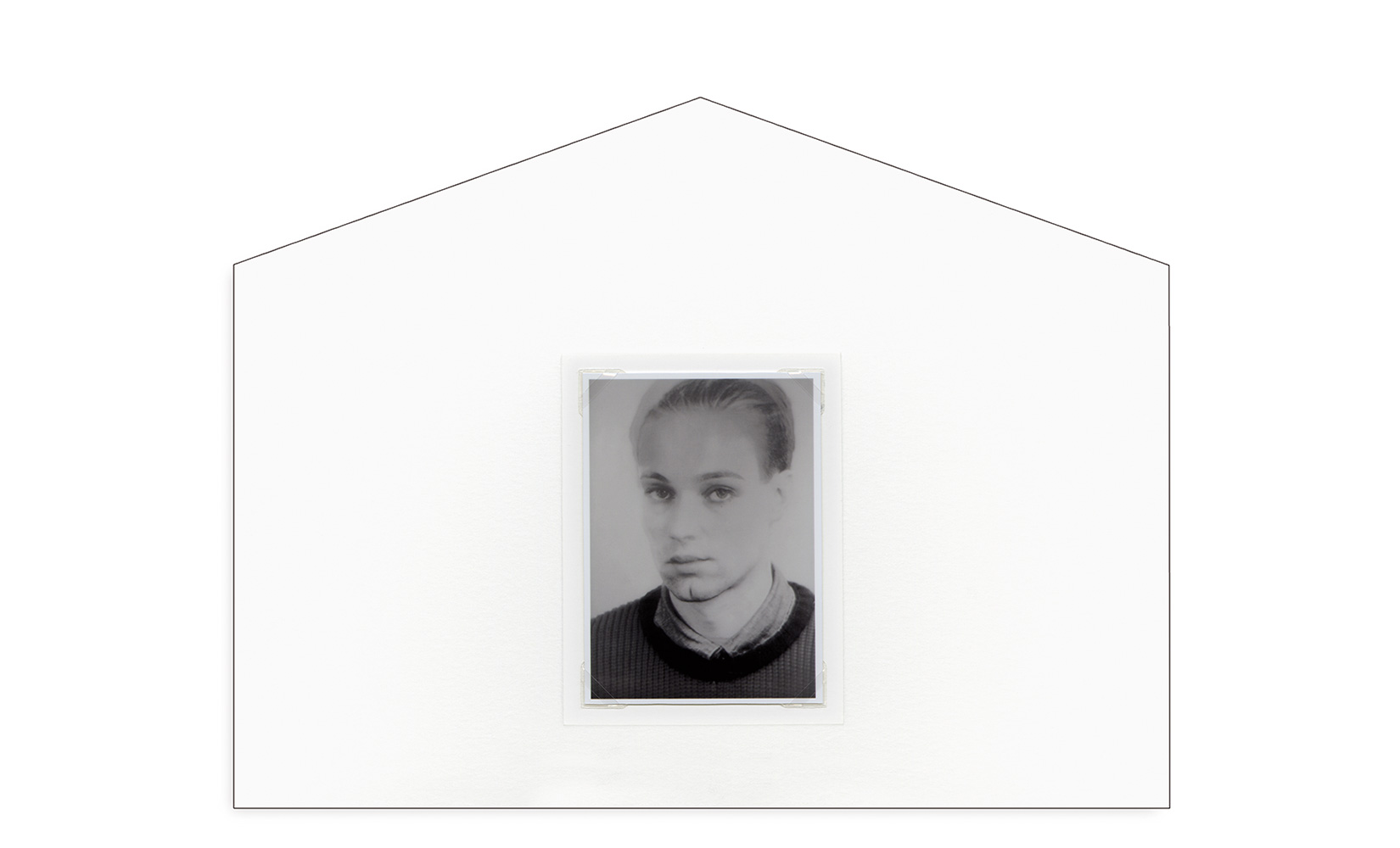
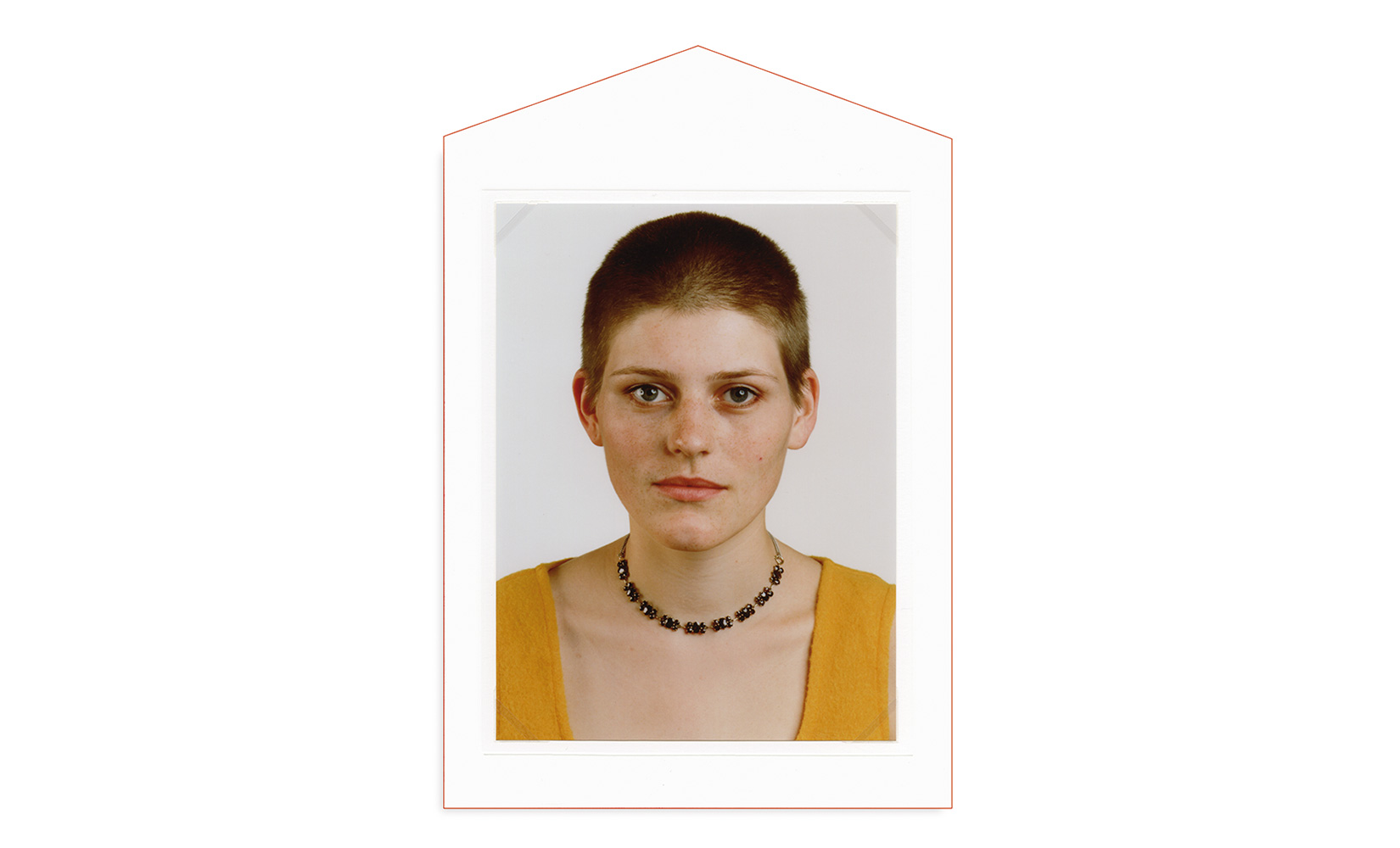
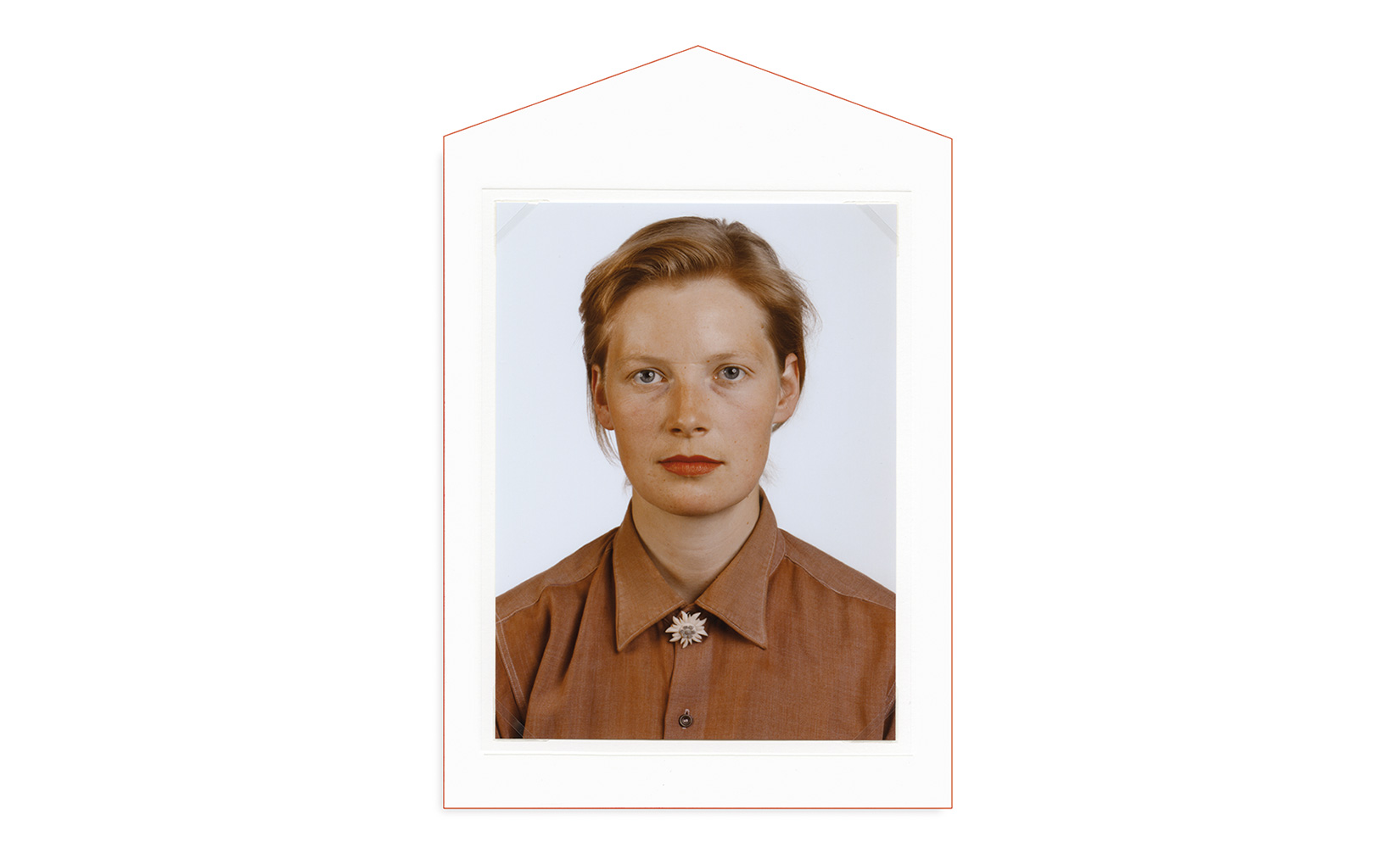
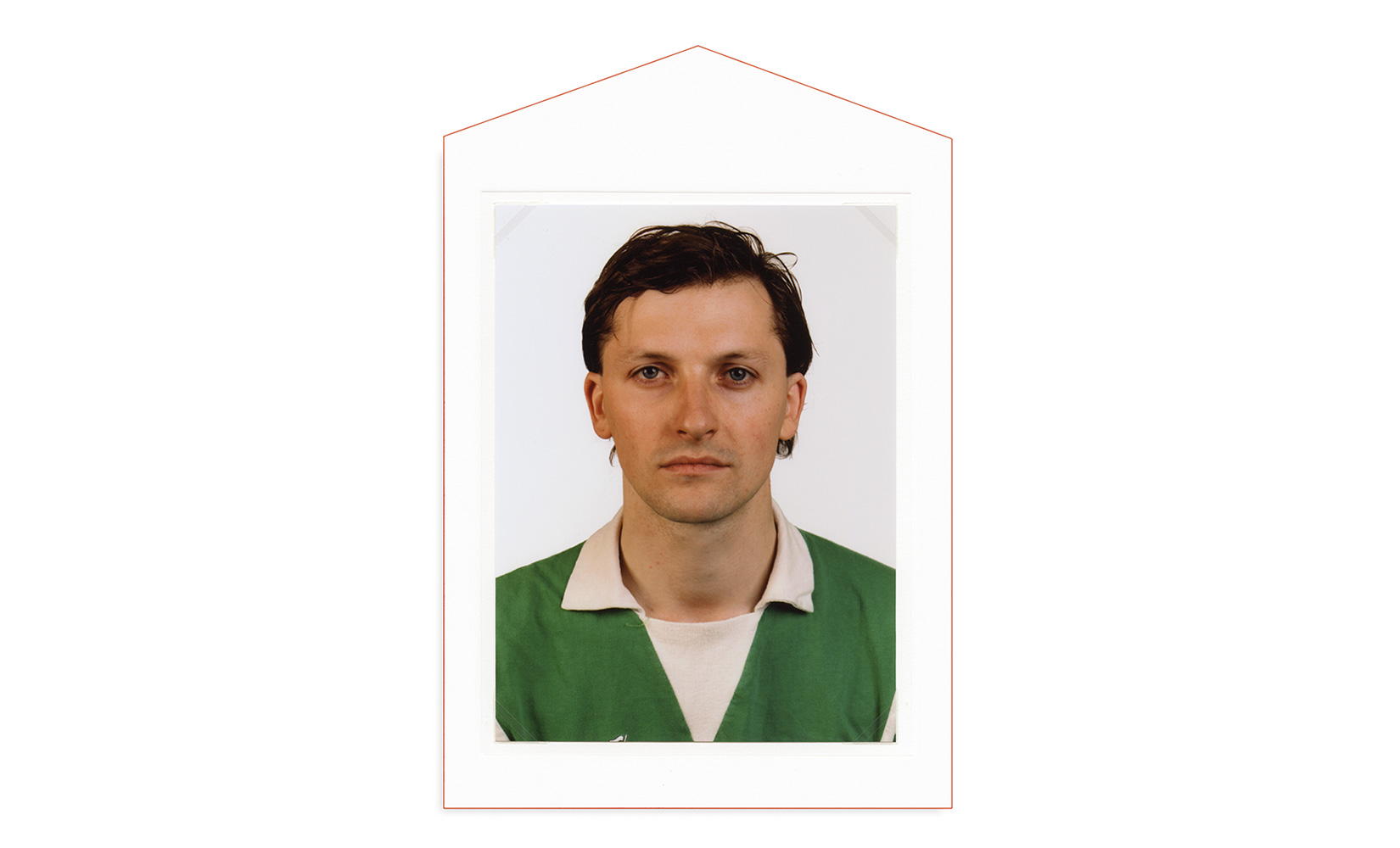
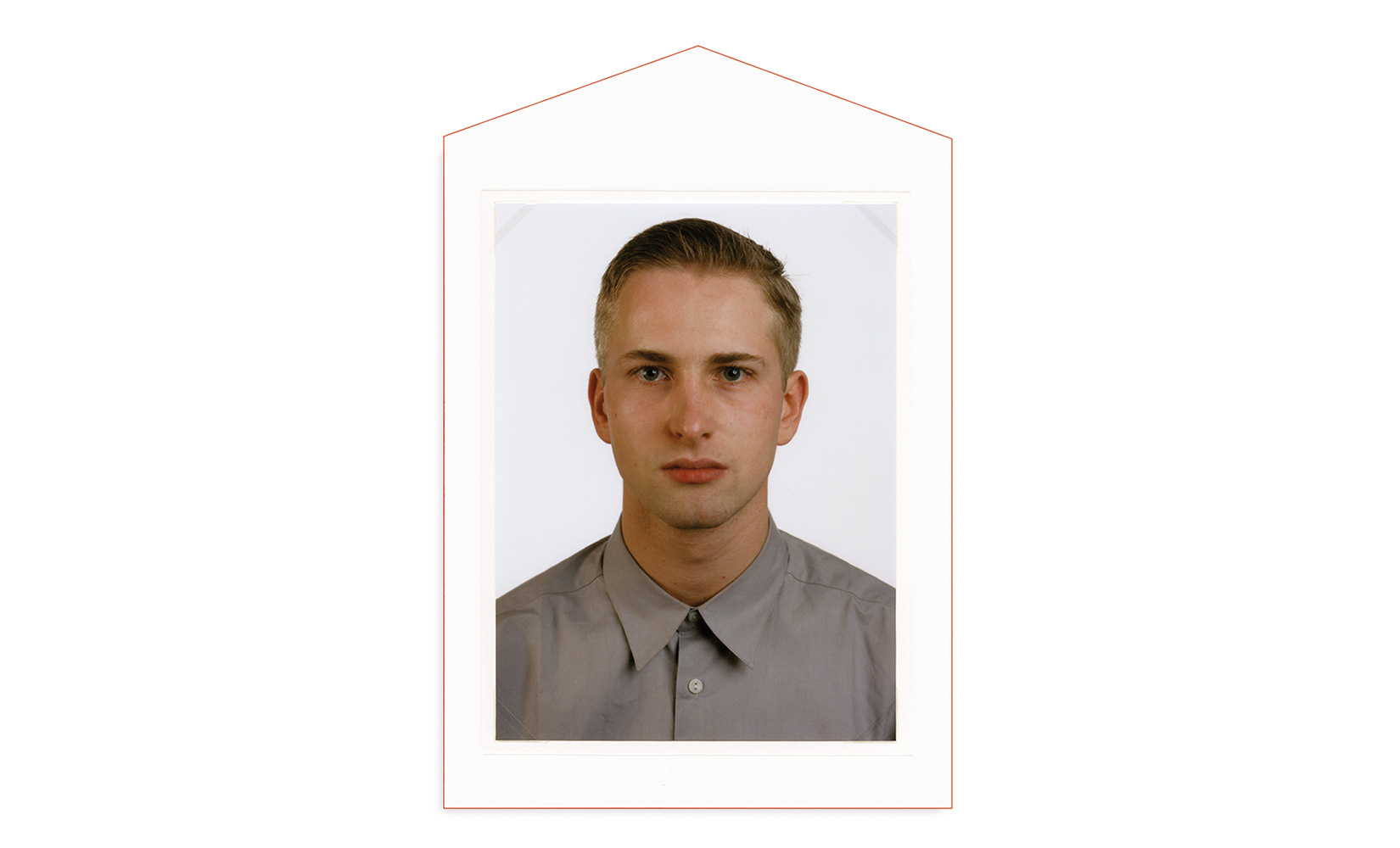
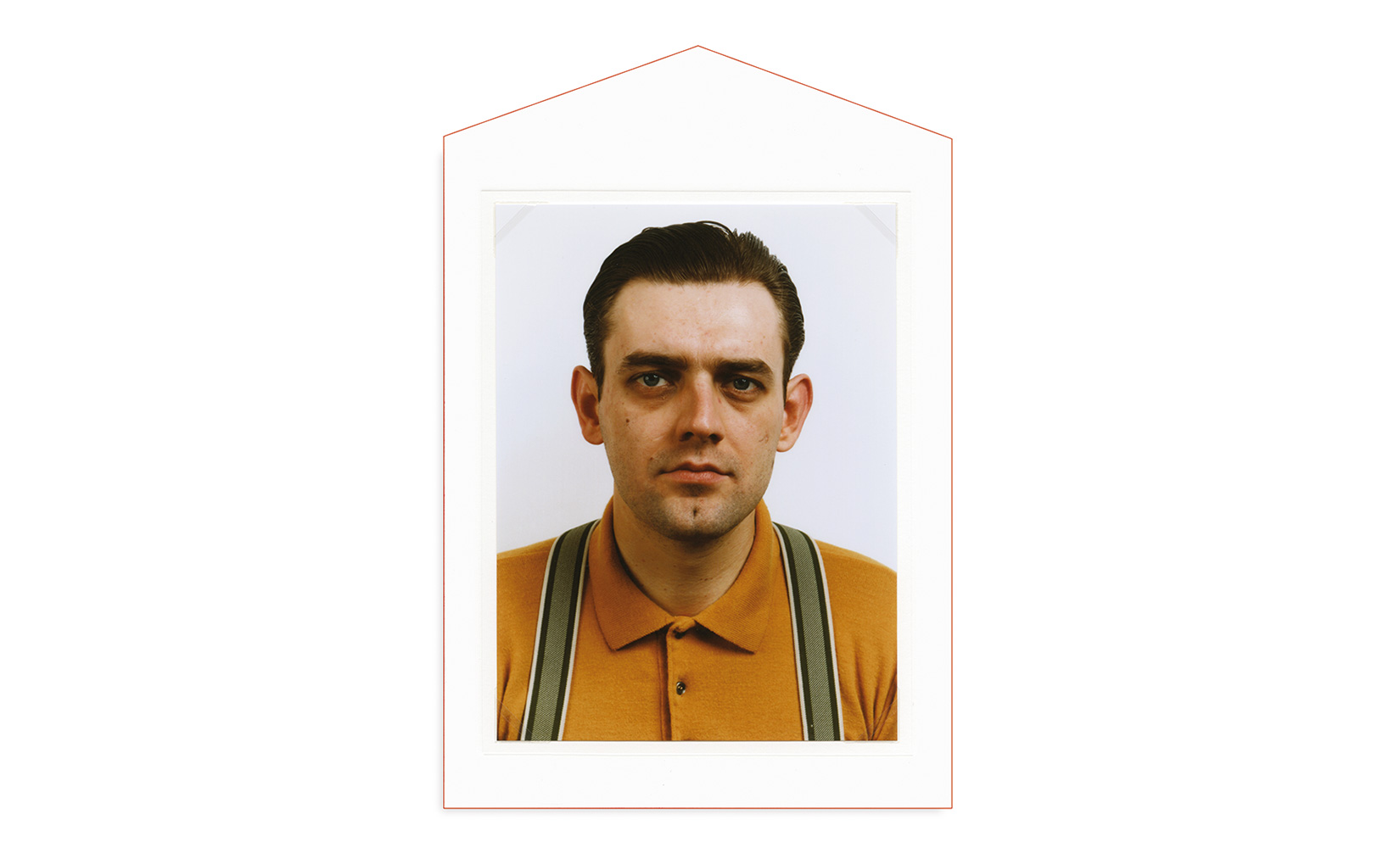
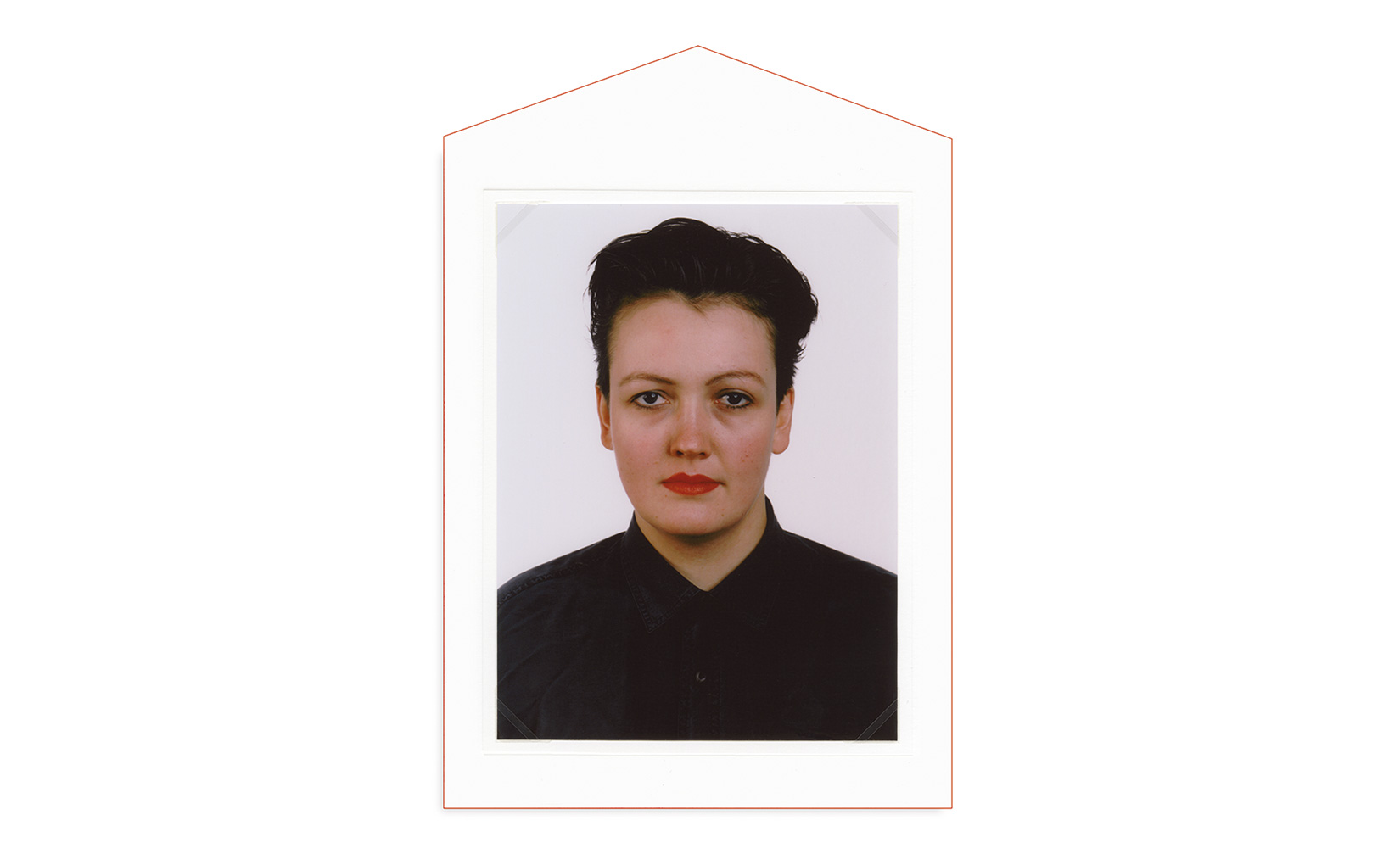
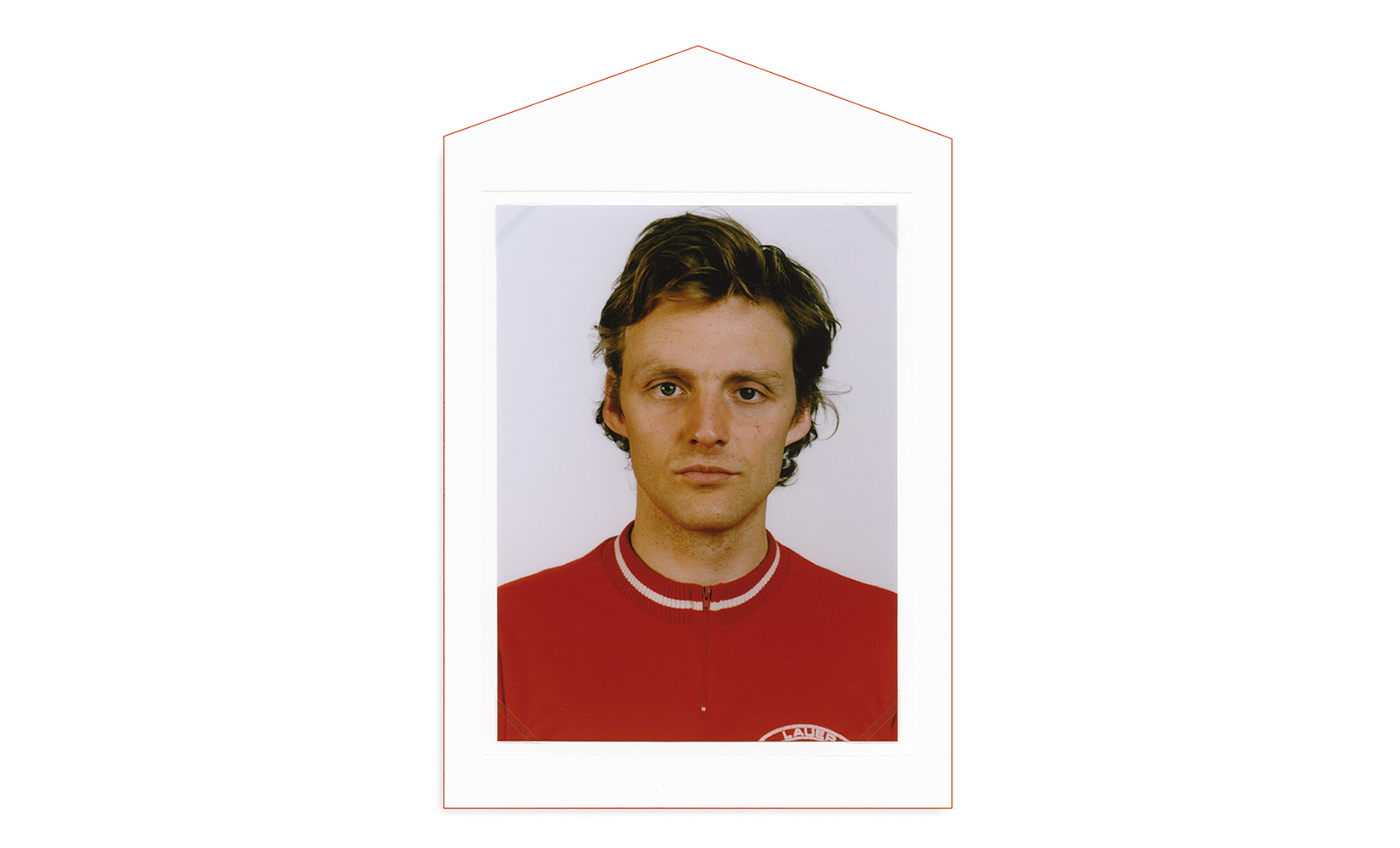
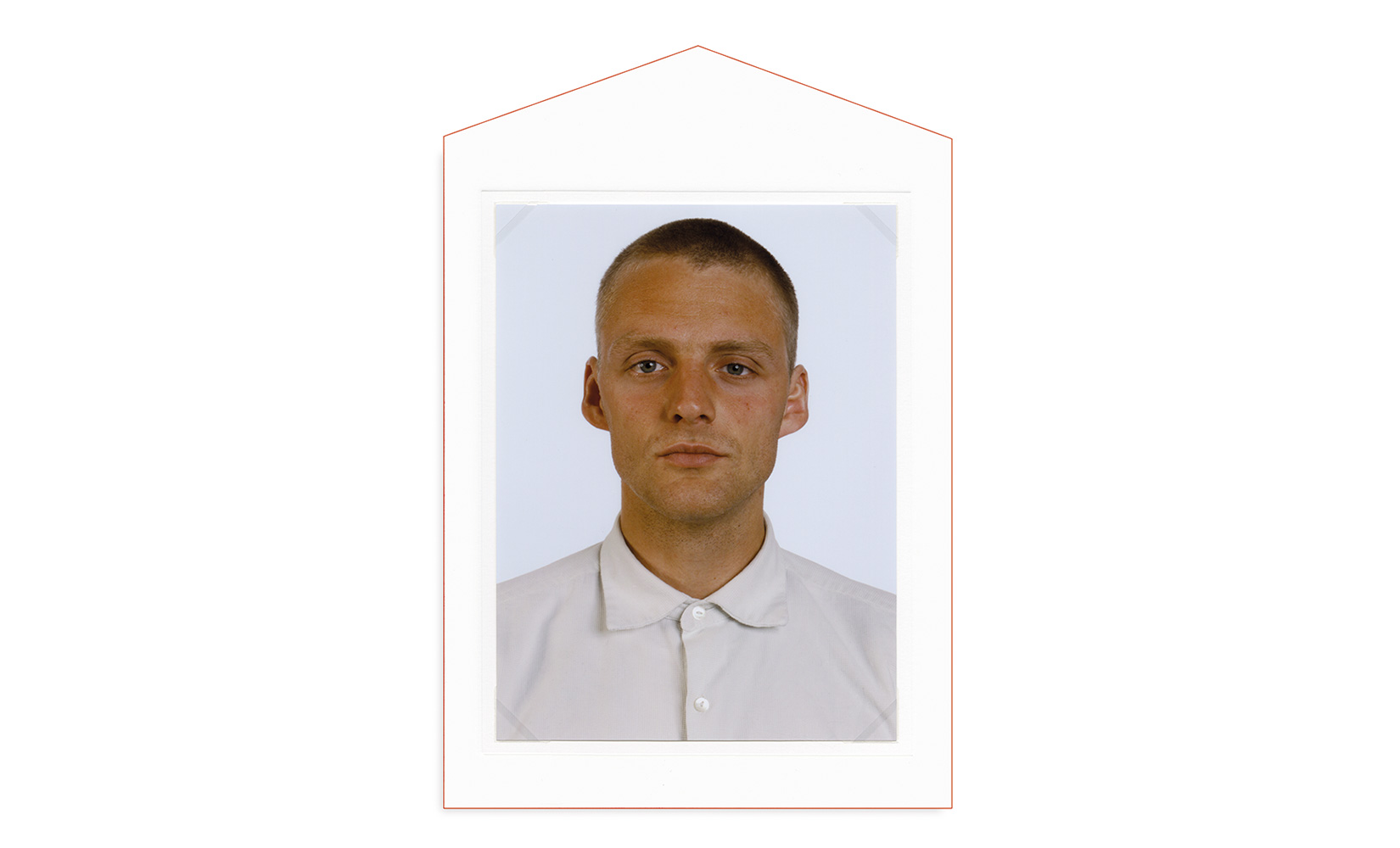
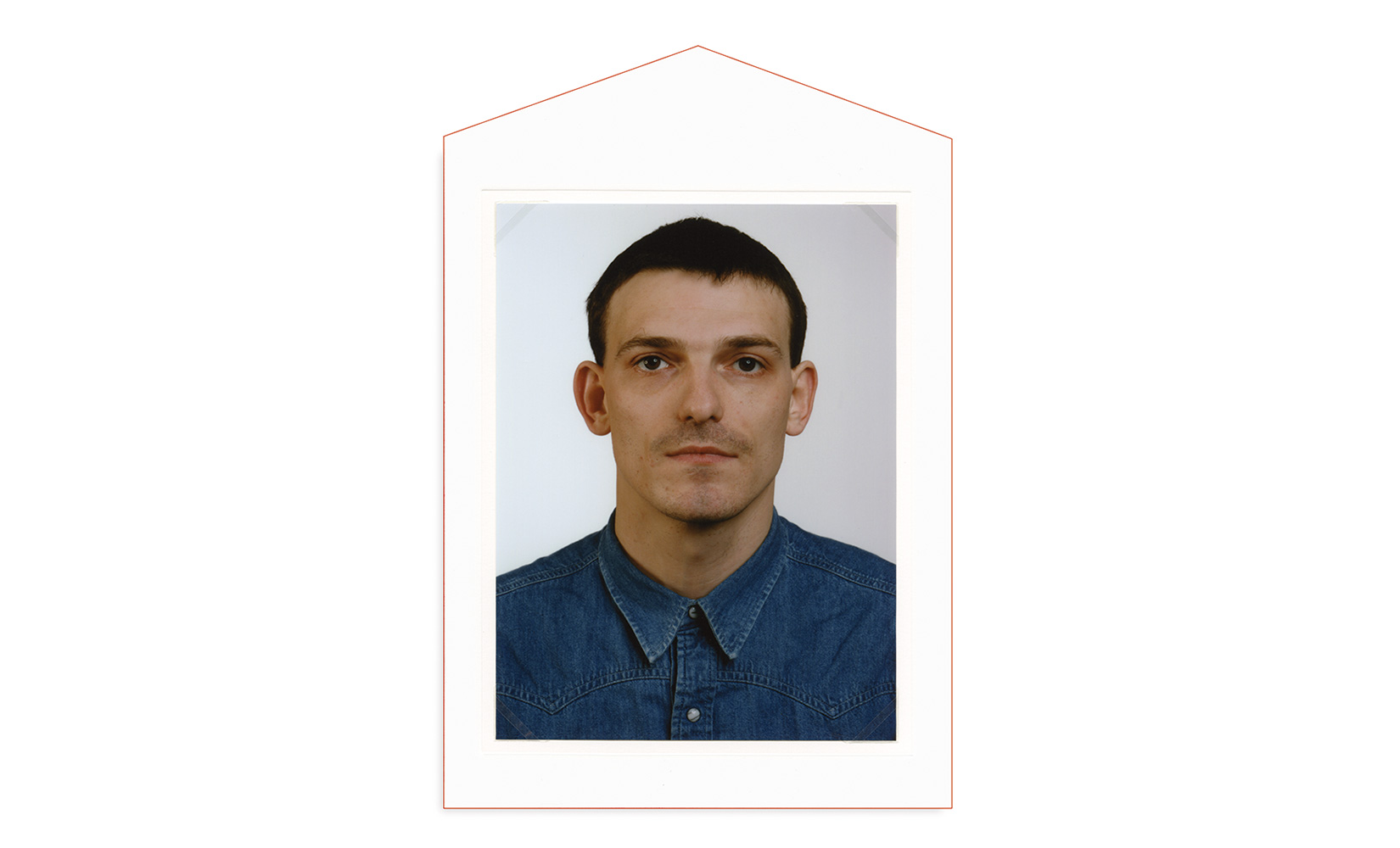
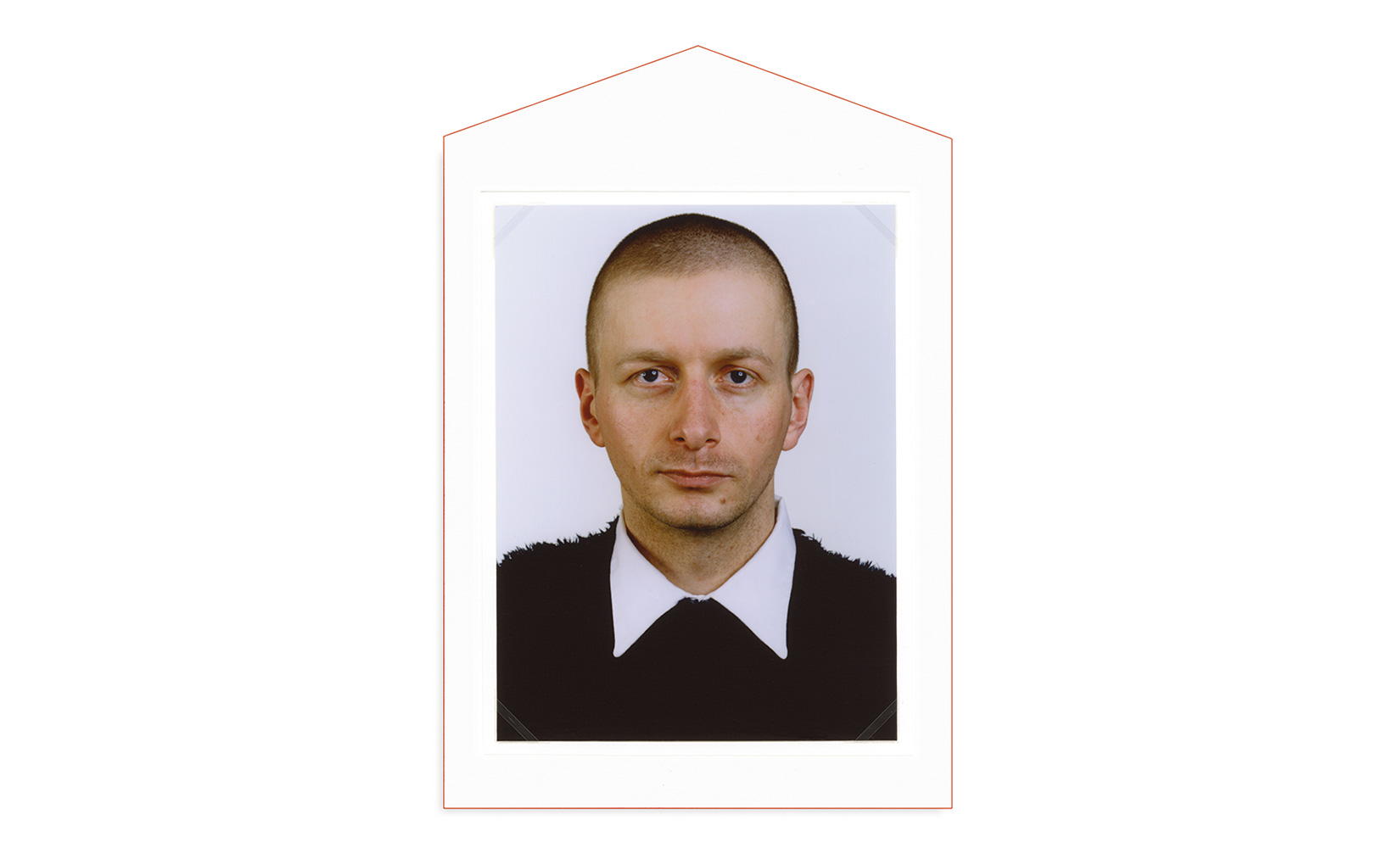
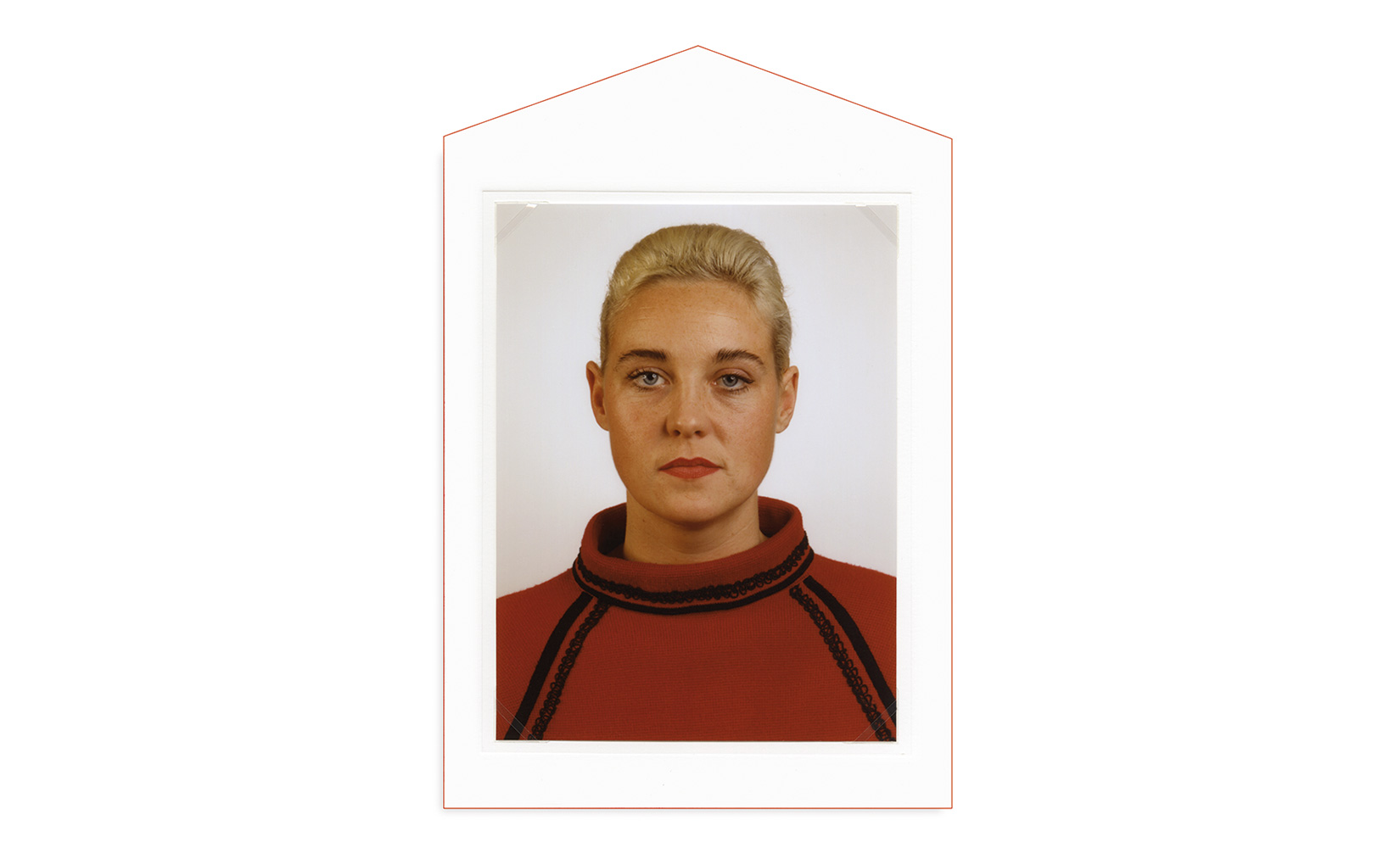
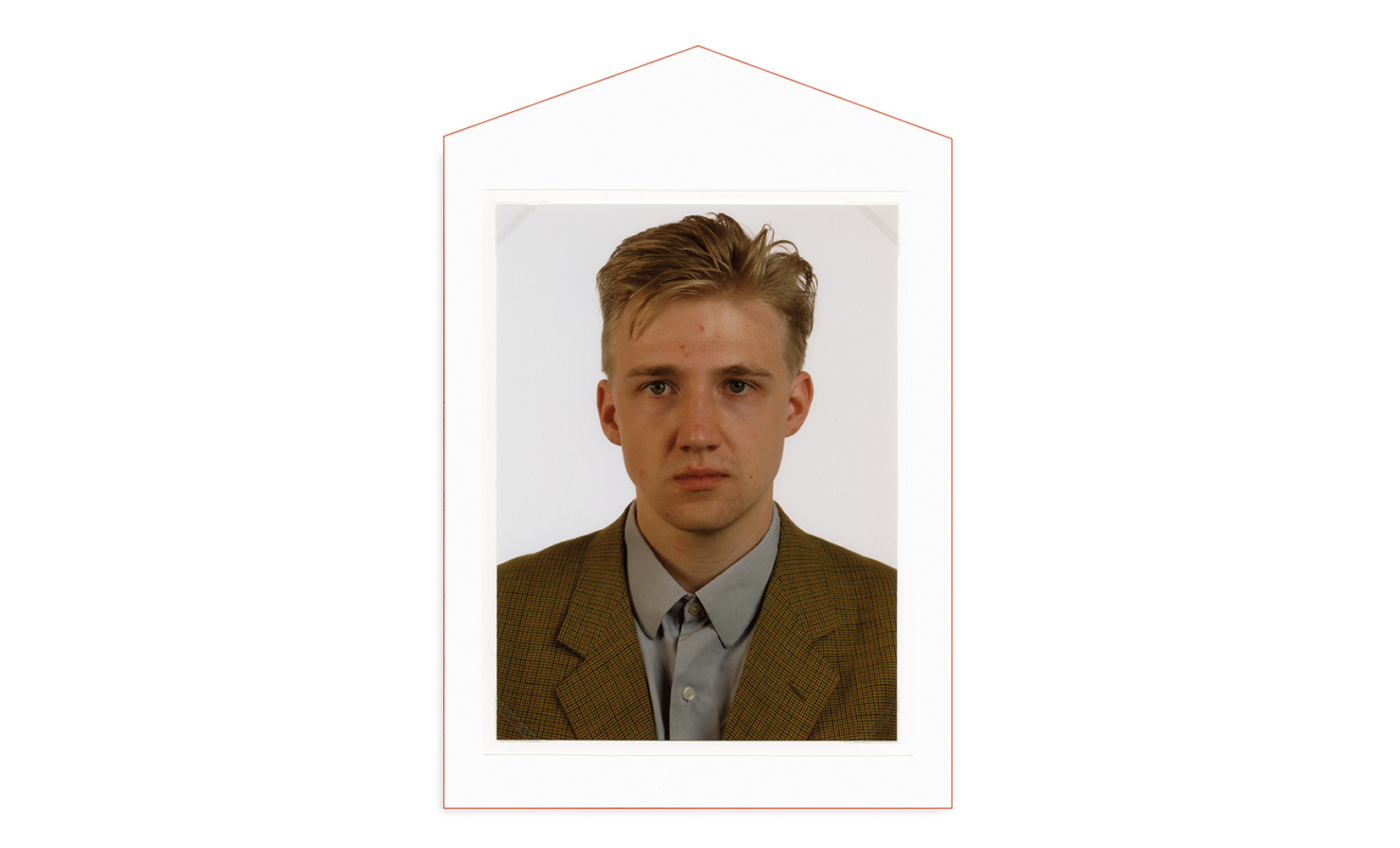
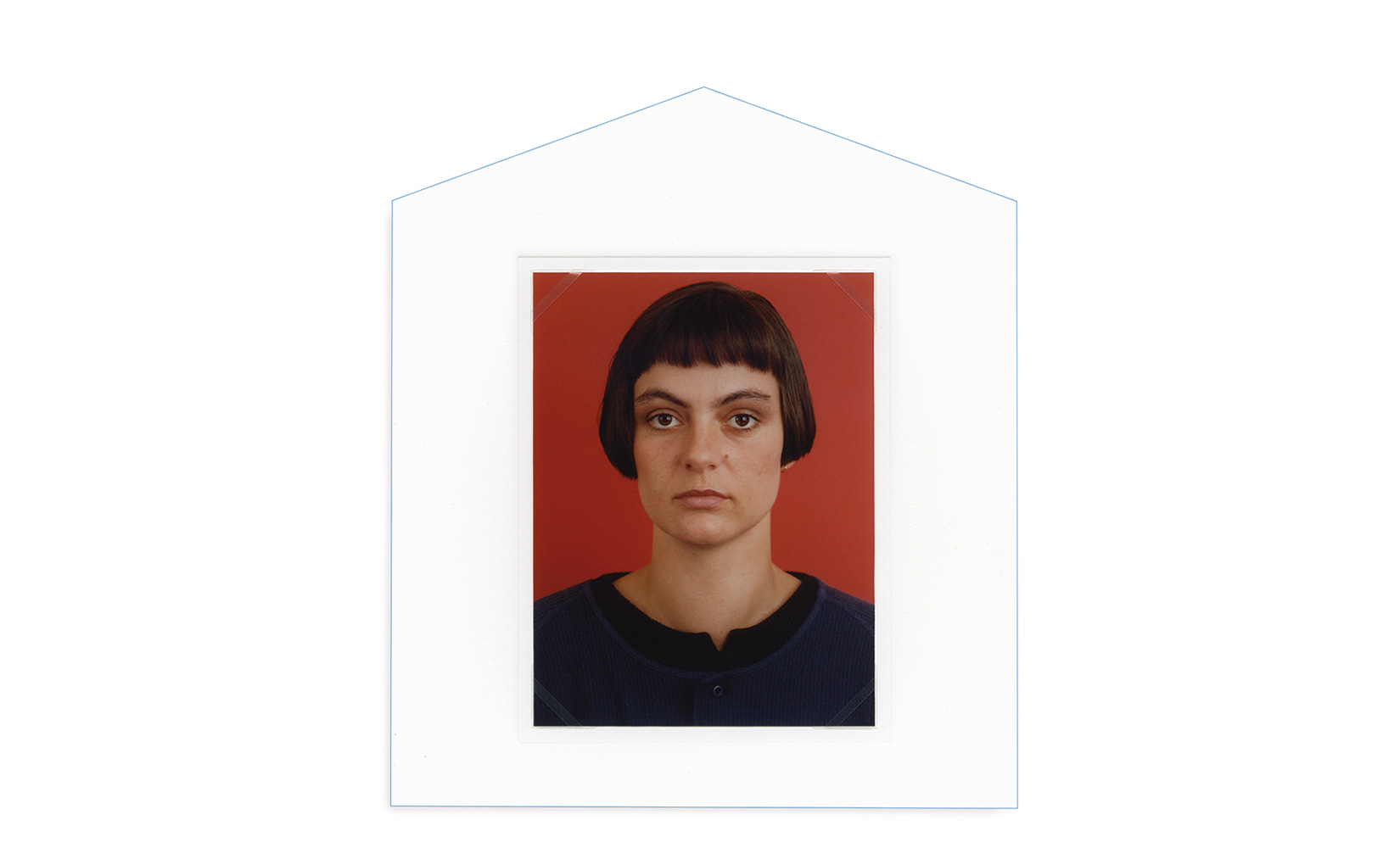
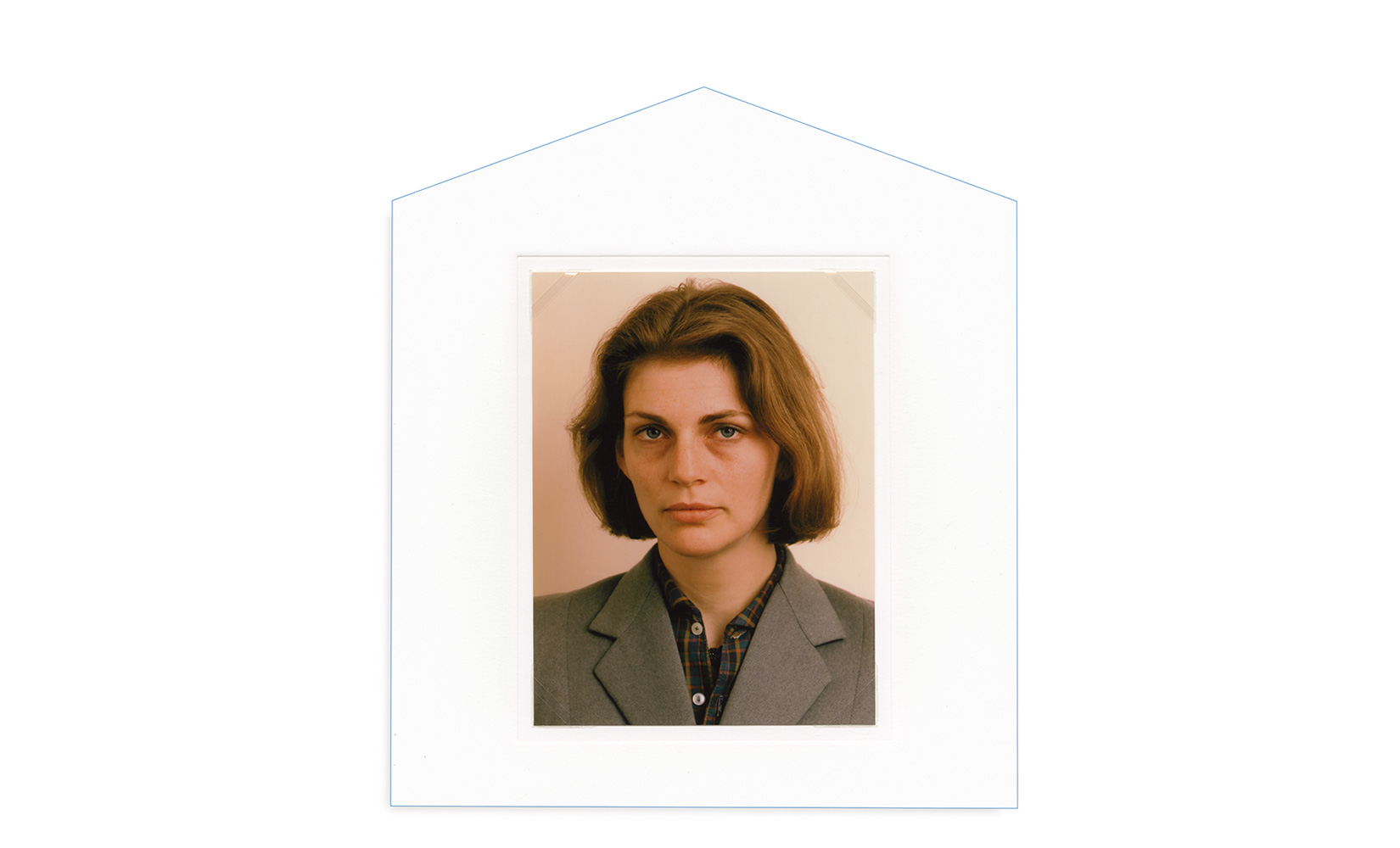
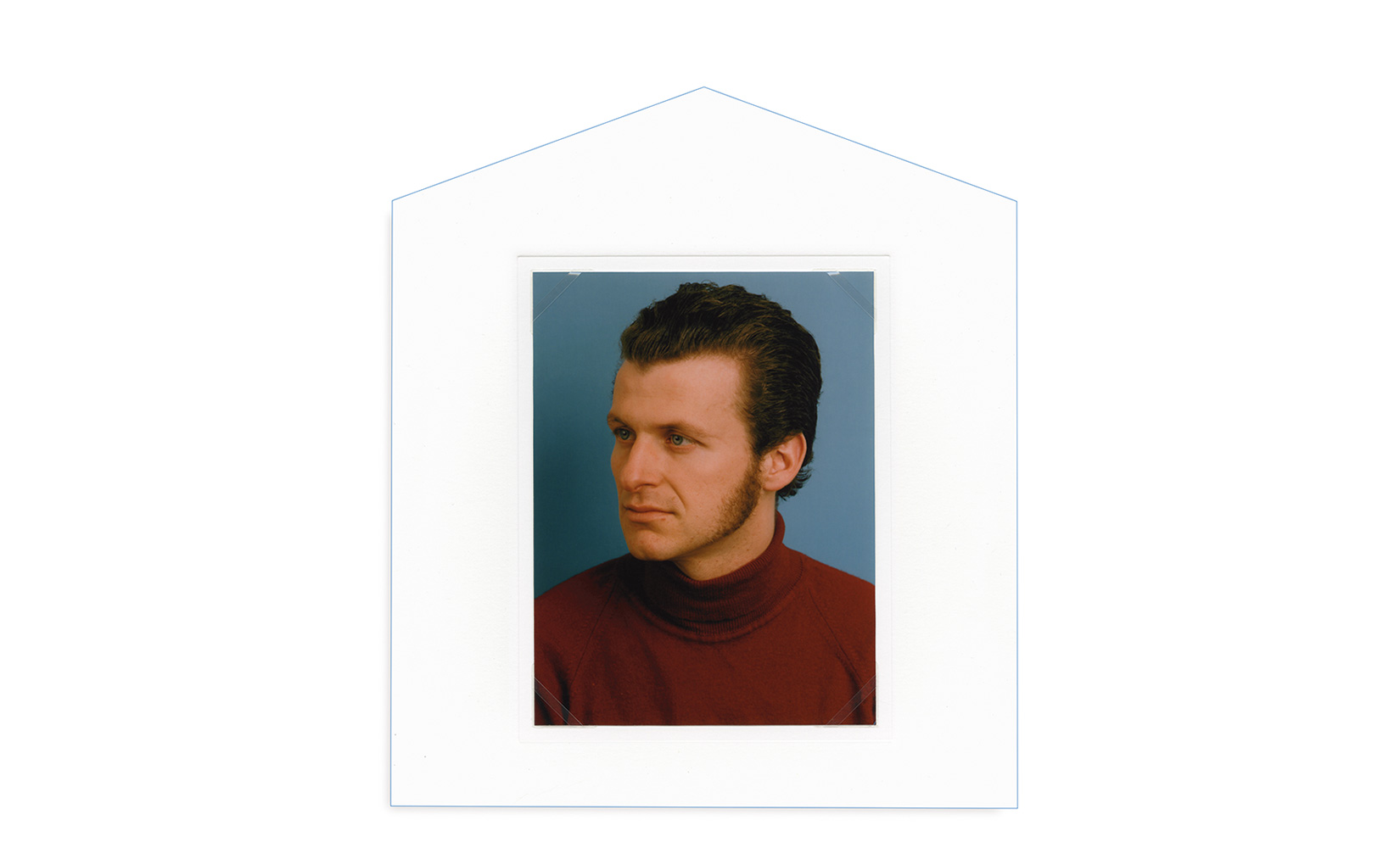
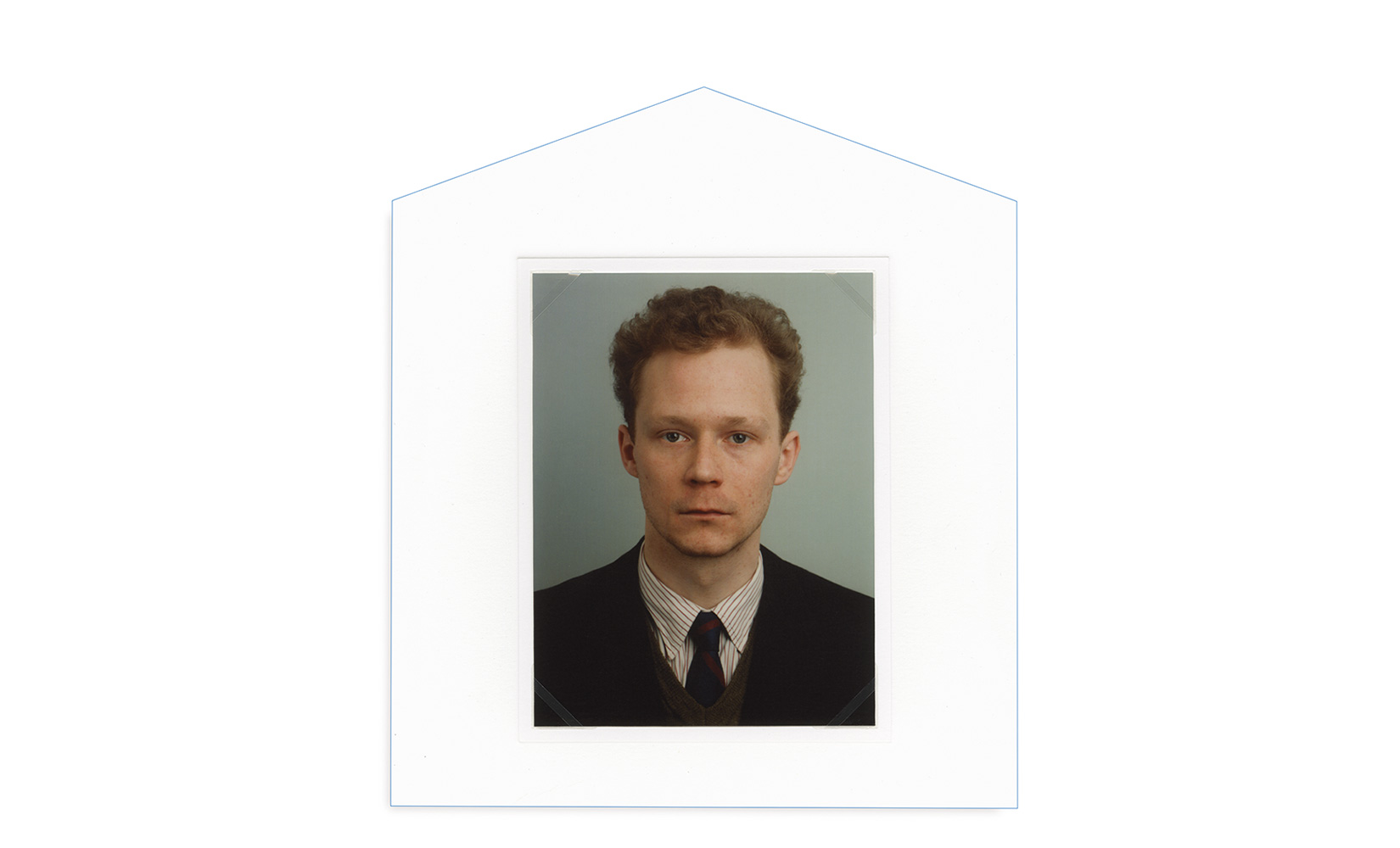
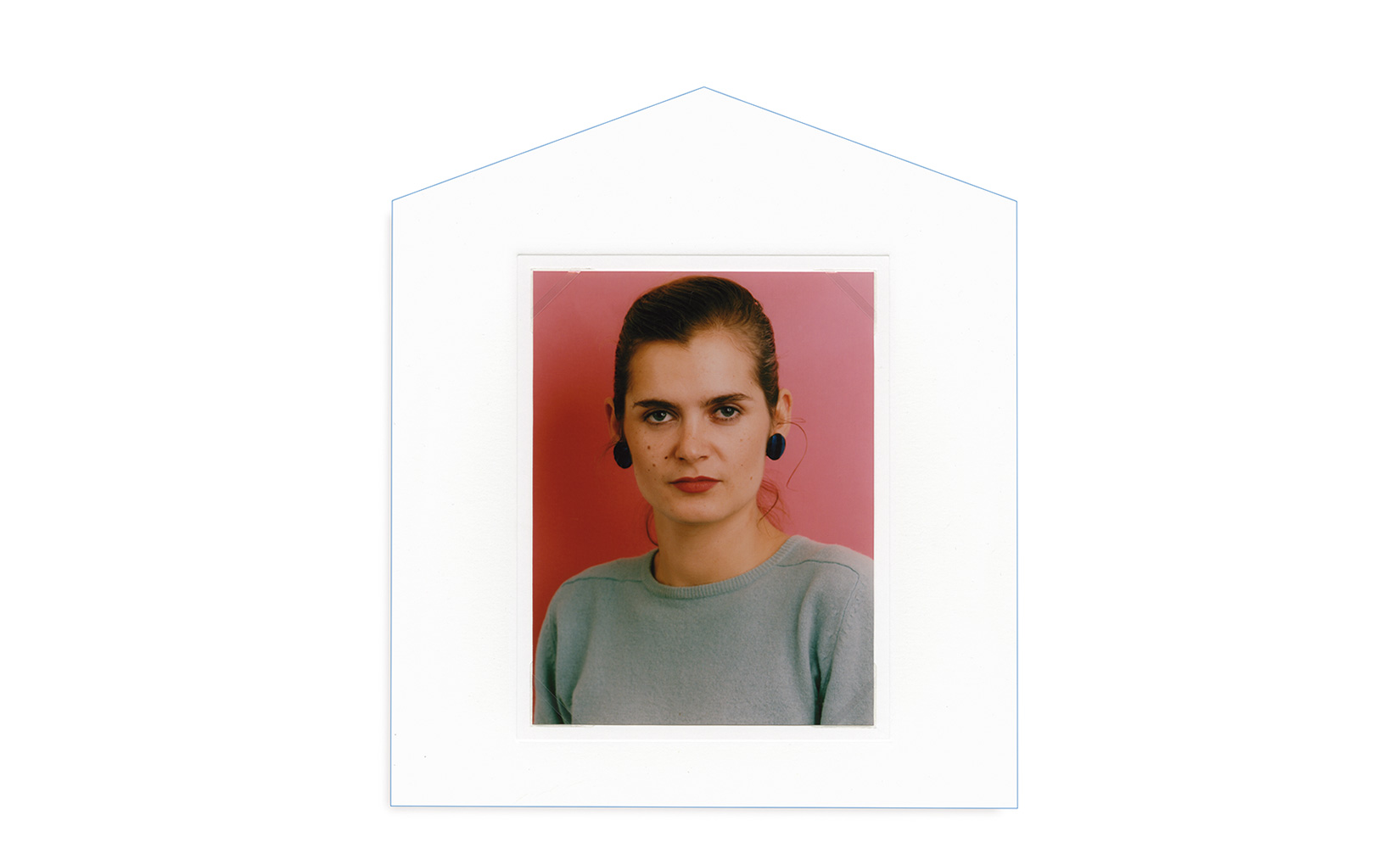
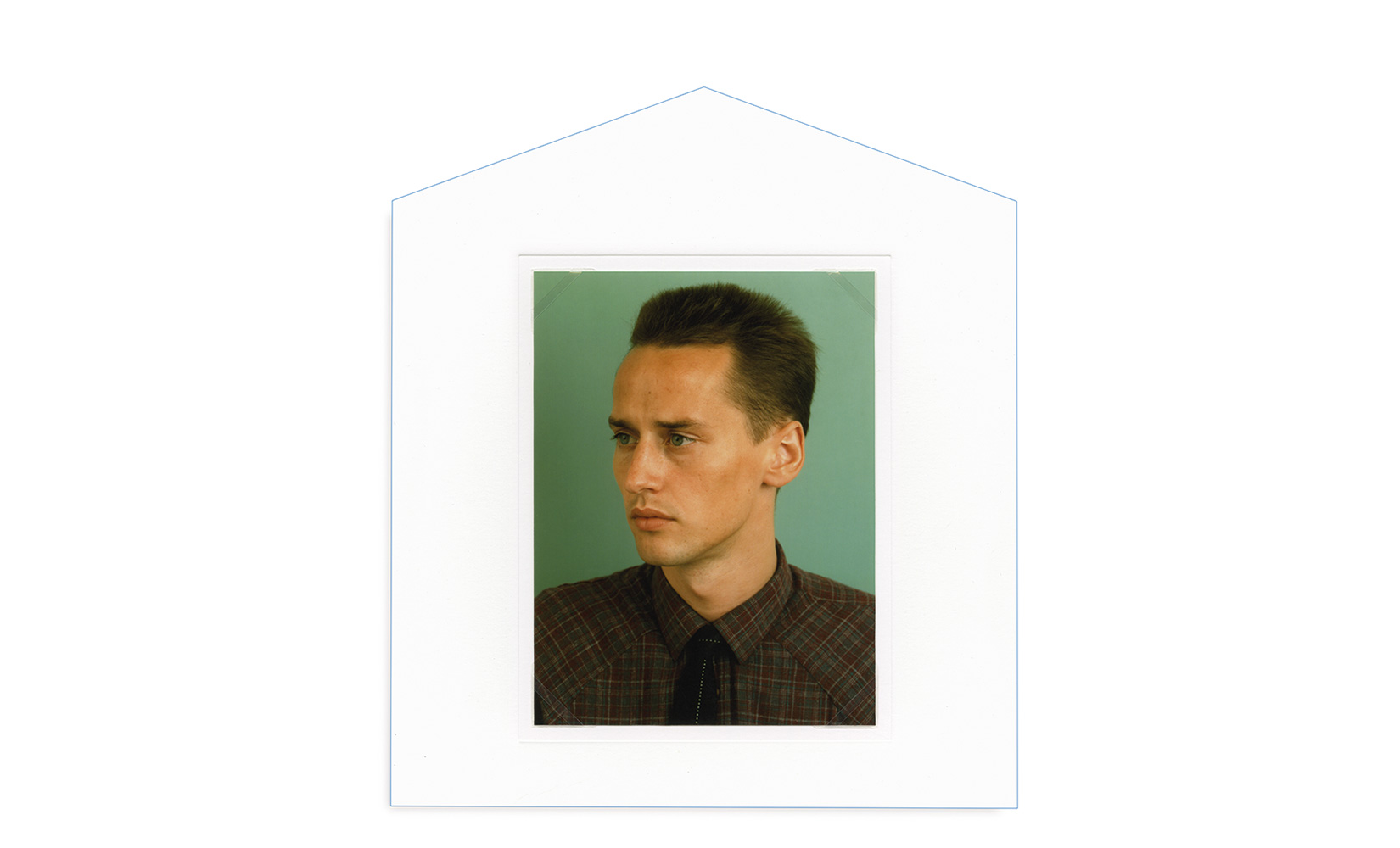
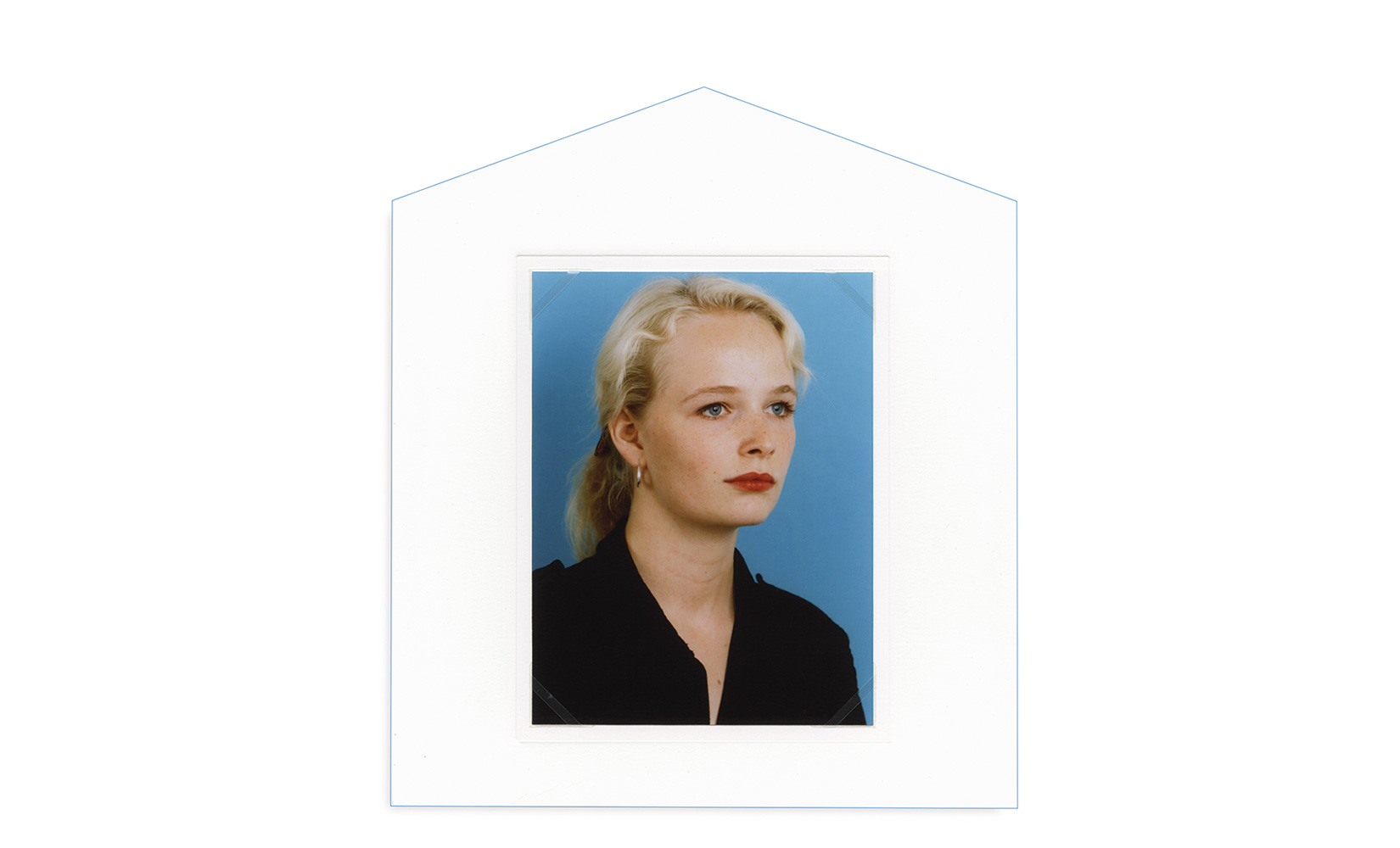
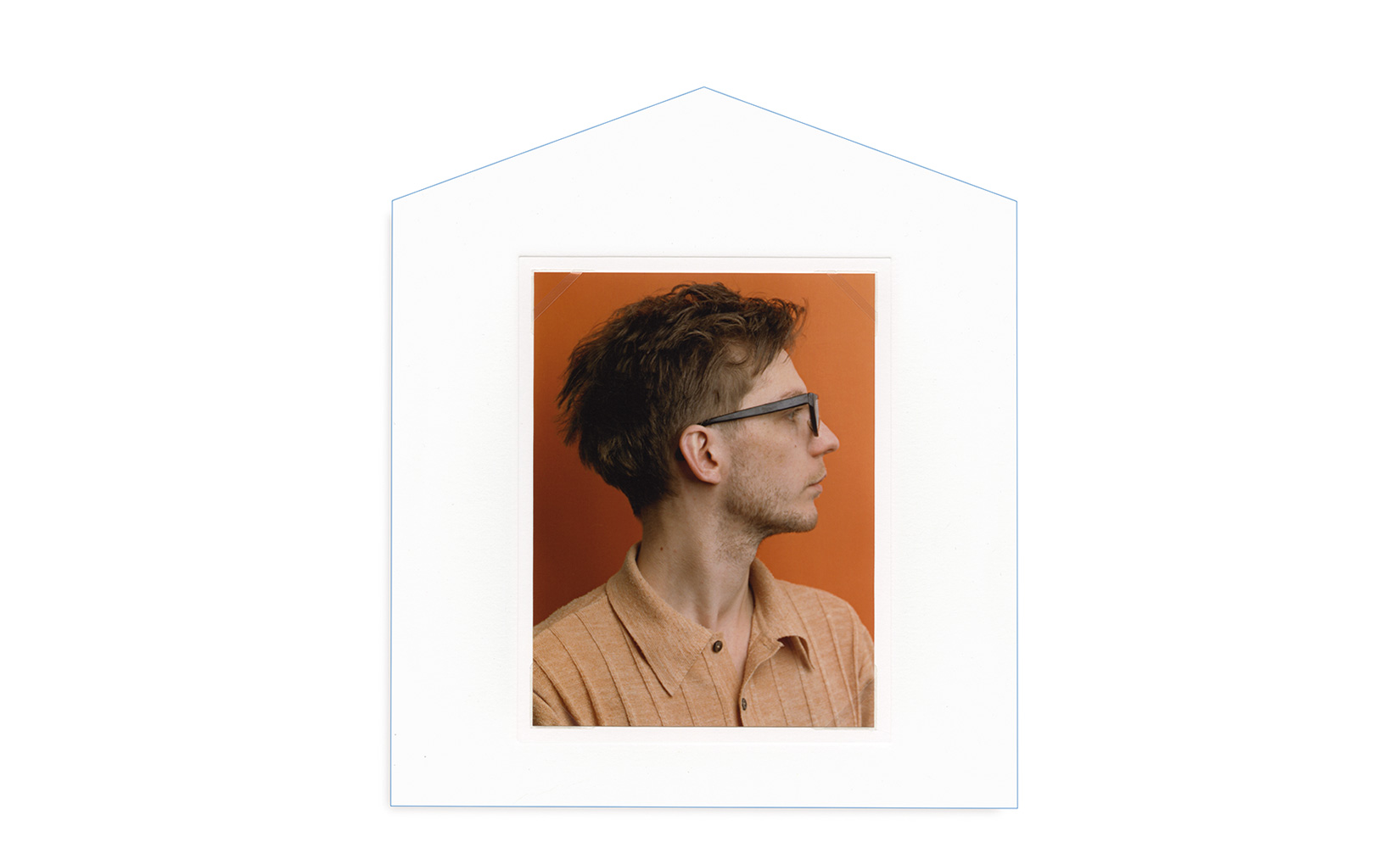
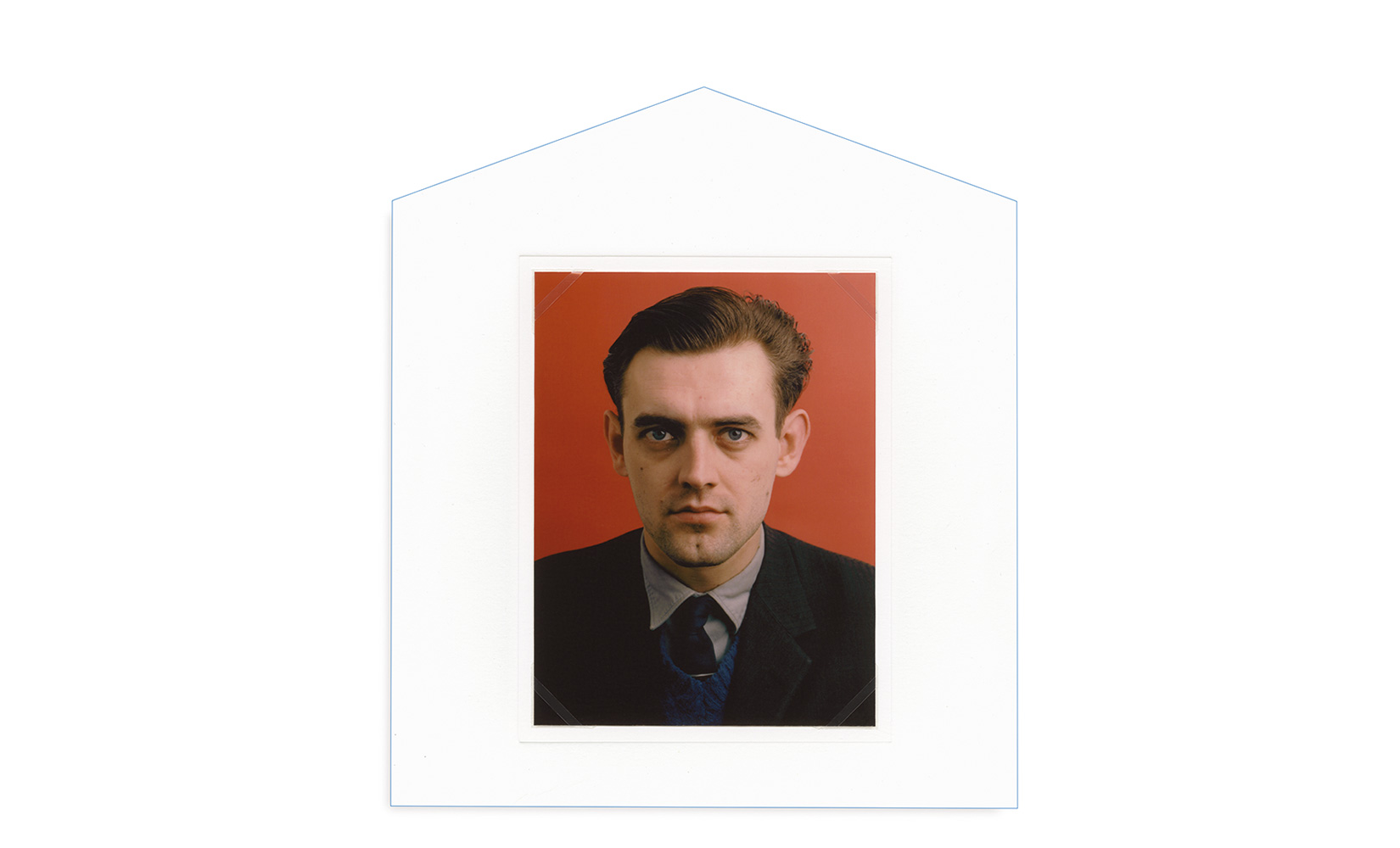
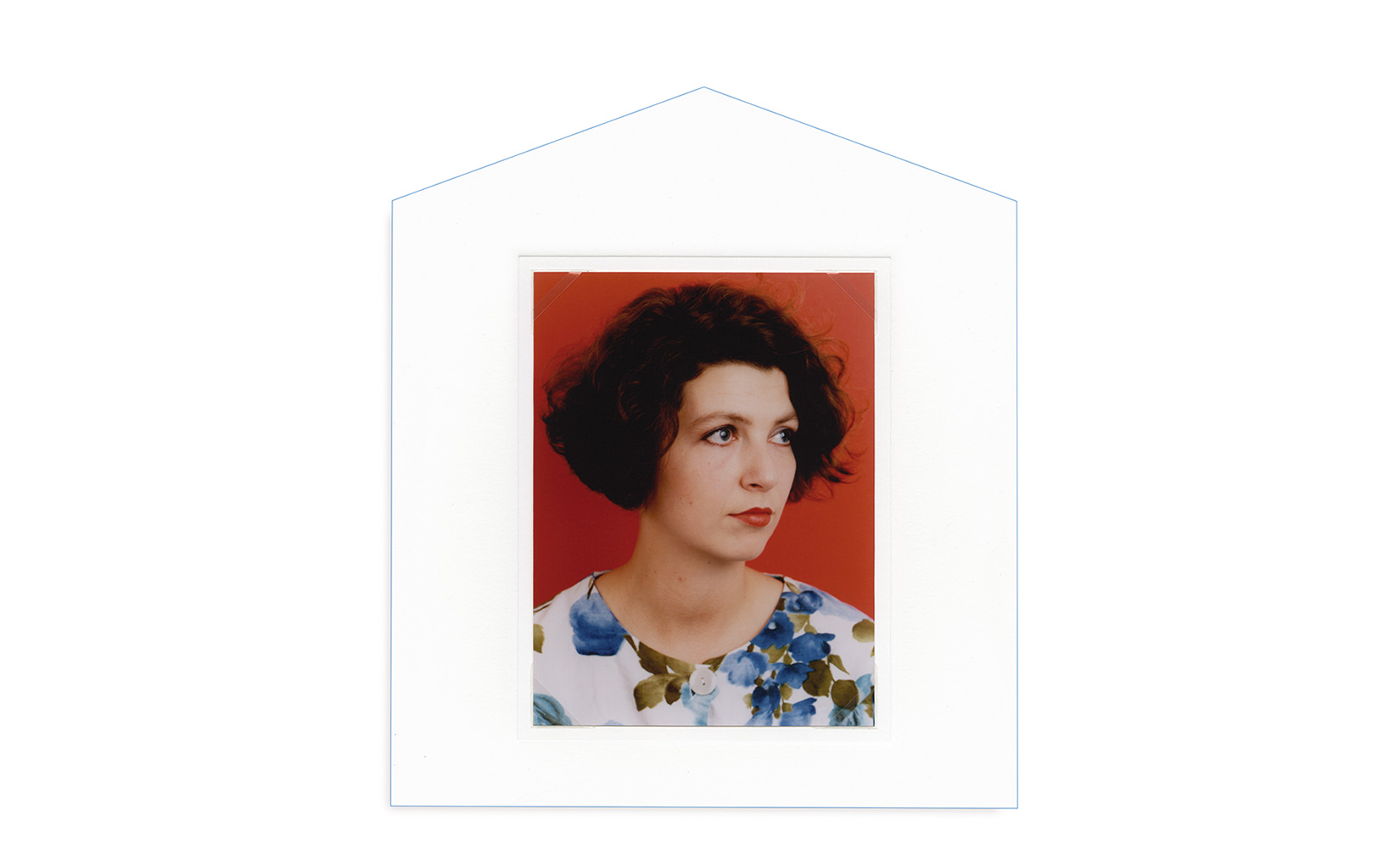
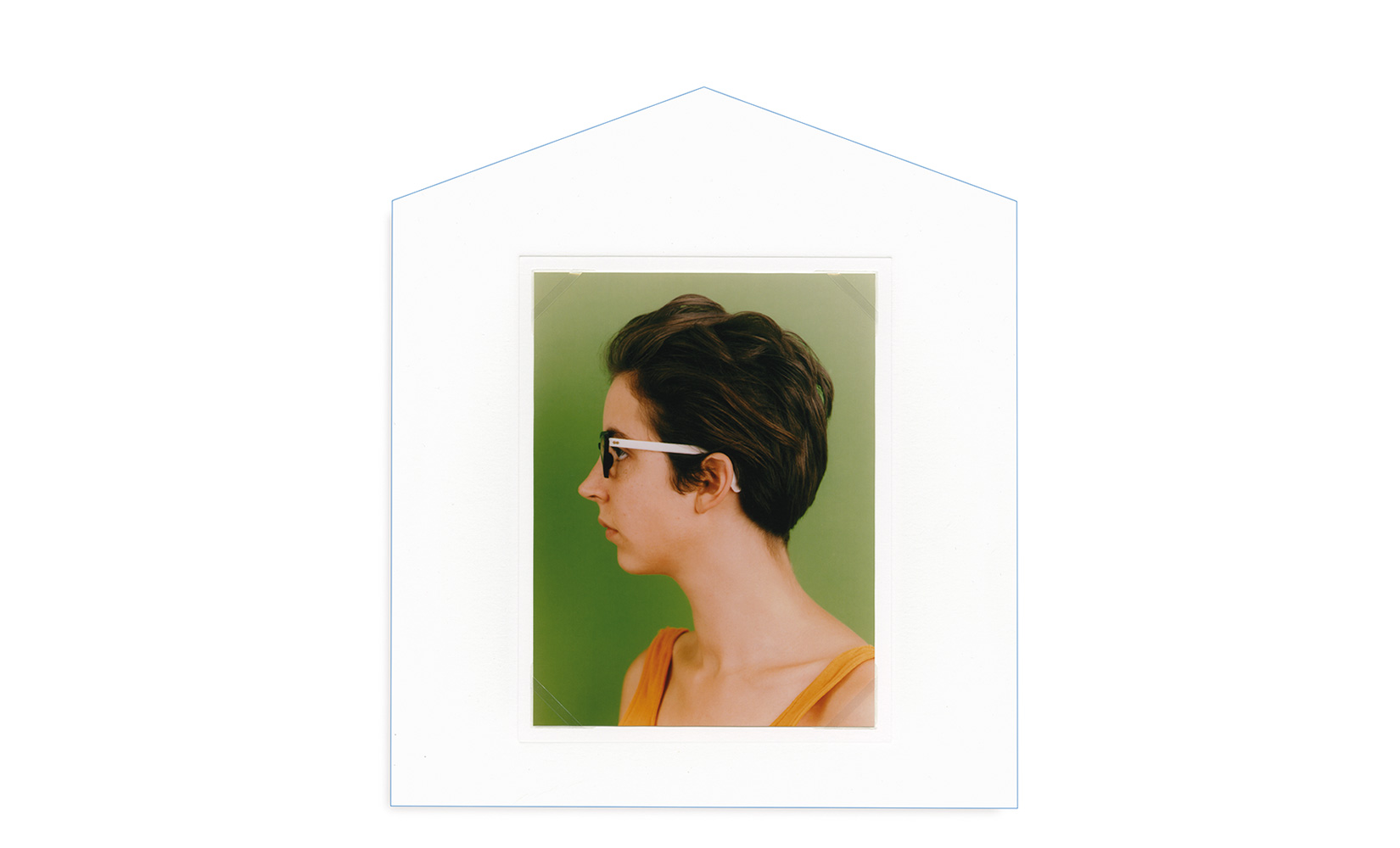
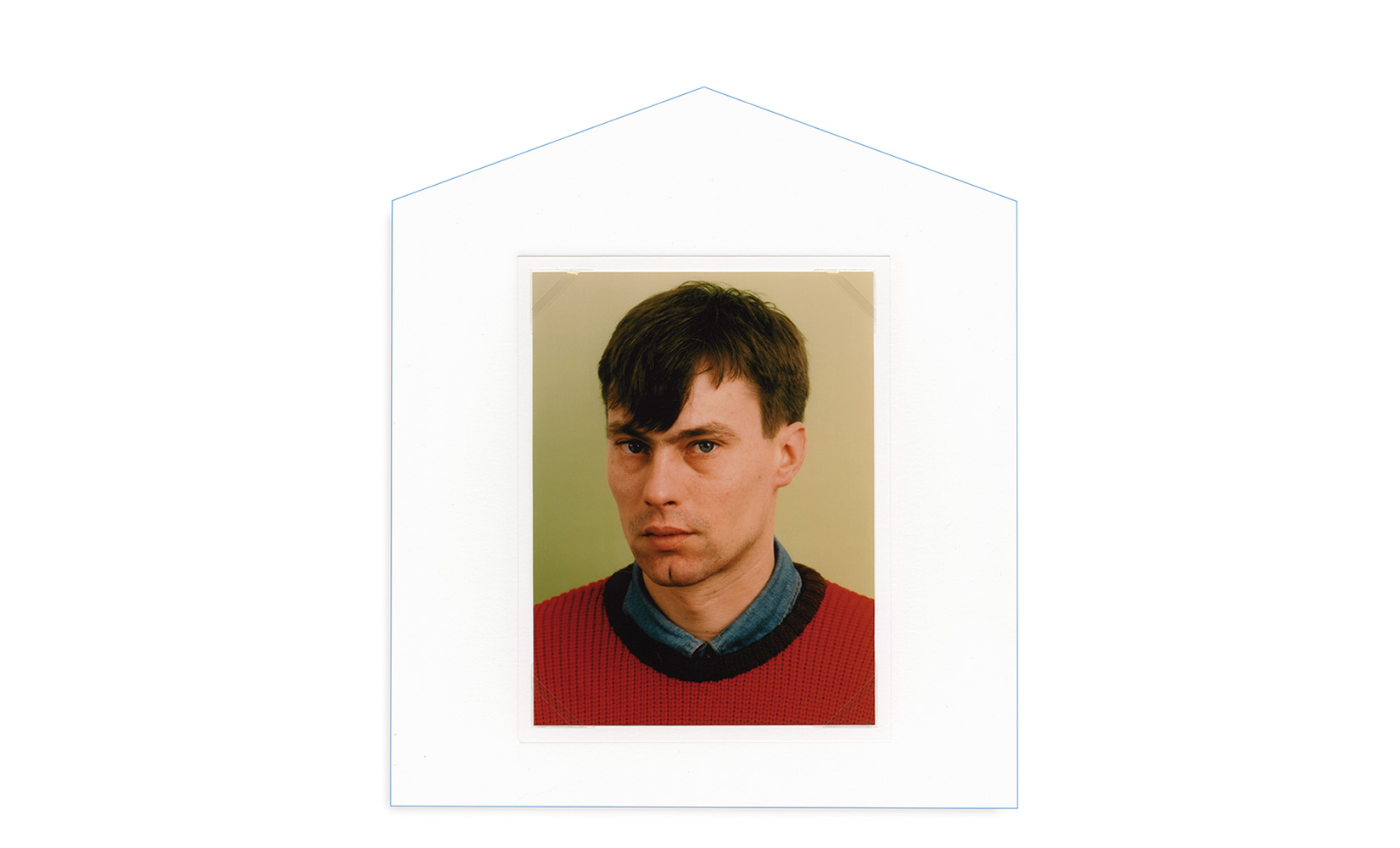
Two women
vol. 29
Thomas Ruff photographs
Ingo Schulze text
Atelier Bow Wow case
Here Ingo Schulze makes use of a first-person narrative to blend reality and fiction. Again the German writer reveals his talent for making the apparent banality of everyday life speak of the great ruptures of contemporary history. East Germany’s oppressive regime is evoked, for example, by means of a mere anecdote—a few words exchanged between a Parisian restaurant owner and a poet from East Germany.
Thomas Ruff opts for a similar process, invoking politics but from the sidelines. In an exchange with Philip Pocock dating from 1993, Thomas Ruff declares that his portraits make explicit reference to police surveillance in West Germany during the violent decades of the sixties and seventies.
The Japanese architecture agency Atelier Bow Wow has chosen to assign a separate casing for each of the three series of portraits by Thomas Ruff, with each volume forming the archetypal shape of a house with a saddle roof. An Urushi black lacquer has been applied to the surfaces of the three modules.
Each section of the polyptyque with Ingo Schulze’s text running through is printed in a different colour, colours taken from Thomas Ruff’s photographs, and shaped in line with our archetypal design of a peaked roof.
Thomas Ruff
Thomas Ruff was born in 1958 in Zell am Harmersbach, Germany, one of six children. He has become a leading figure in contemporary art. His personal style of photography is characterized by a distancing from the subject, in particular in the series of portraits that became known internationally and in which he has photographed his family and friends, always taken in frontal view on eye level. His work has been exhibited in numerous museums and galleries, among which the Chabot Museum in Amsterdam and the Zwirner & Wirth Gallery in New York.
Ingo Schulze
Born in Dresden (former East Germany) in 1962, Ingo Schulze now lives in Berlin. His writings, translated into twenty-four languages, have won a number of awards. His New Lives (Knopf, 2008) was heralded by German literary critics as the much-awaited novel to treat the “turning point” after 1989-1990 with the collapse of East Germany and Germany’s reunification. “I think of literature as seeing the world in a drop of water,” writes Ingo Schulze—not surprisingly considering his penchant for the minutest incident, his attention to detail, his sense of the tragicomic and his laconic style that rings like a homage to the short story writing of Richard Ford and Raymond Carver.
Description:
39 original signed photographs (chromogenic prints),
set in photo-corners
3 Urushi lacquered cases
1. 25 x 32 x 5 cm / 2. 29 x 20,5 x 5 cm / 3. 26 x 26,5 x 5 cm
Text in French and English
Limited edition of 40 copies + 8 H.C
April 2013
Graphic design: Olivier Andreotti


